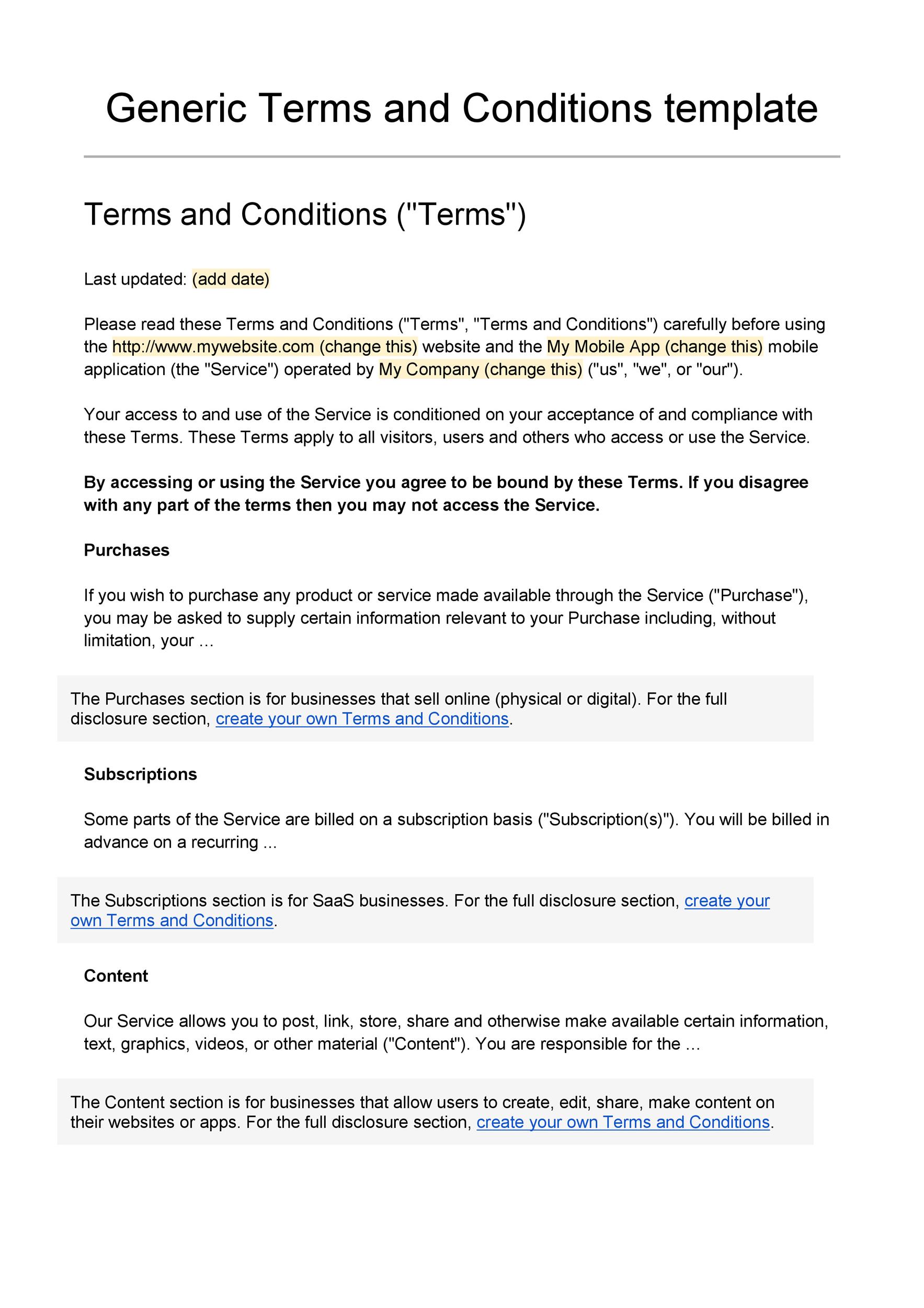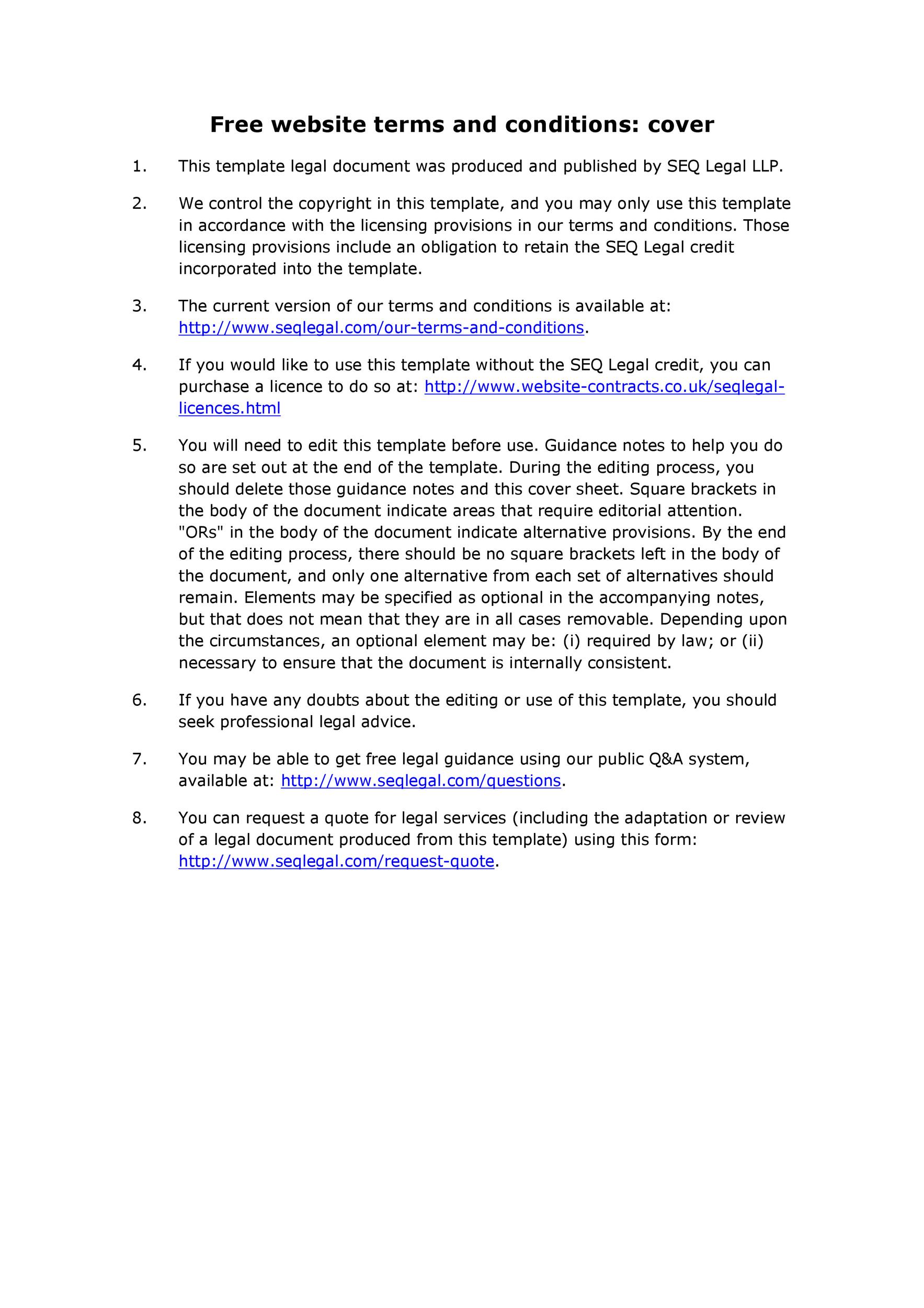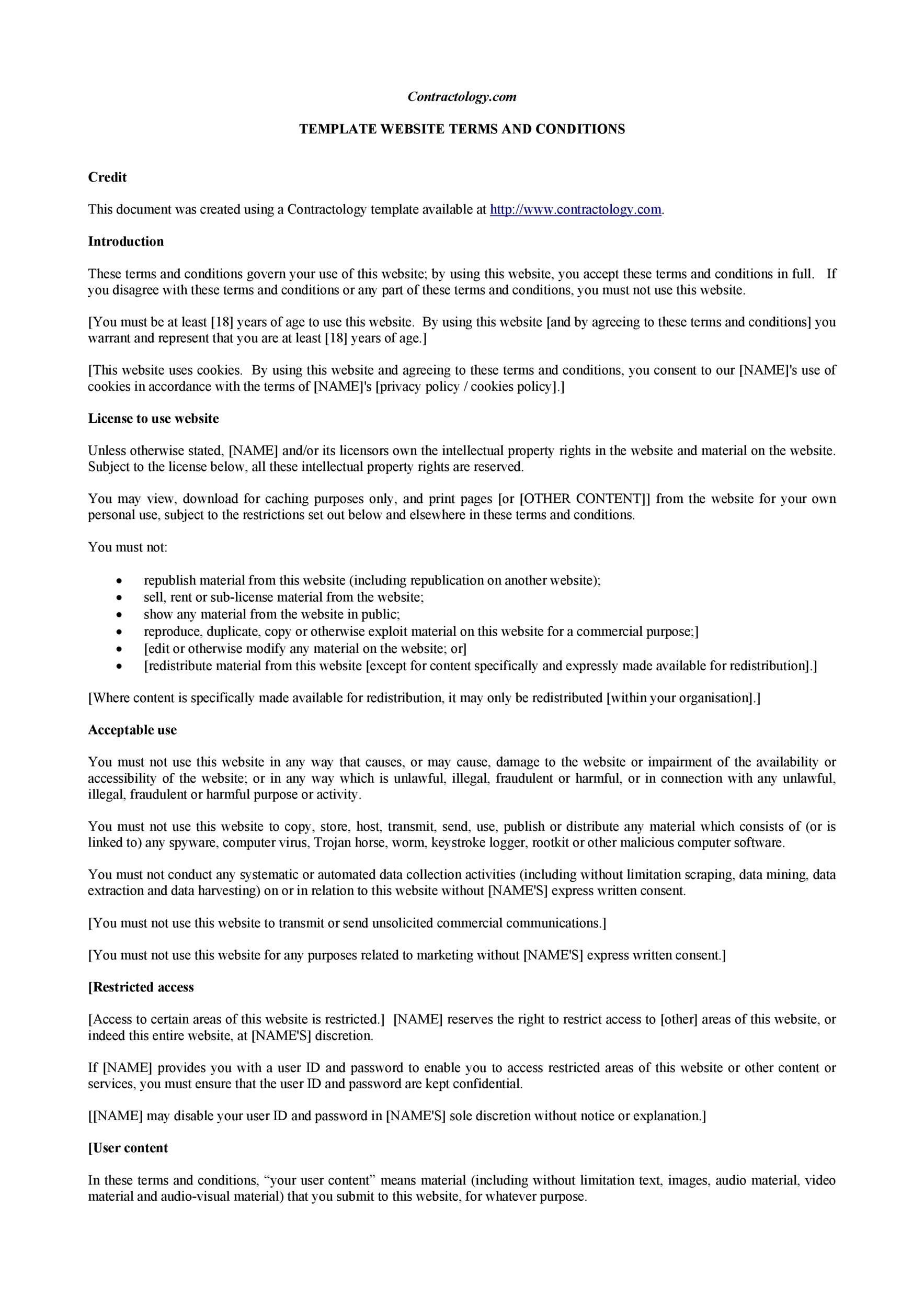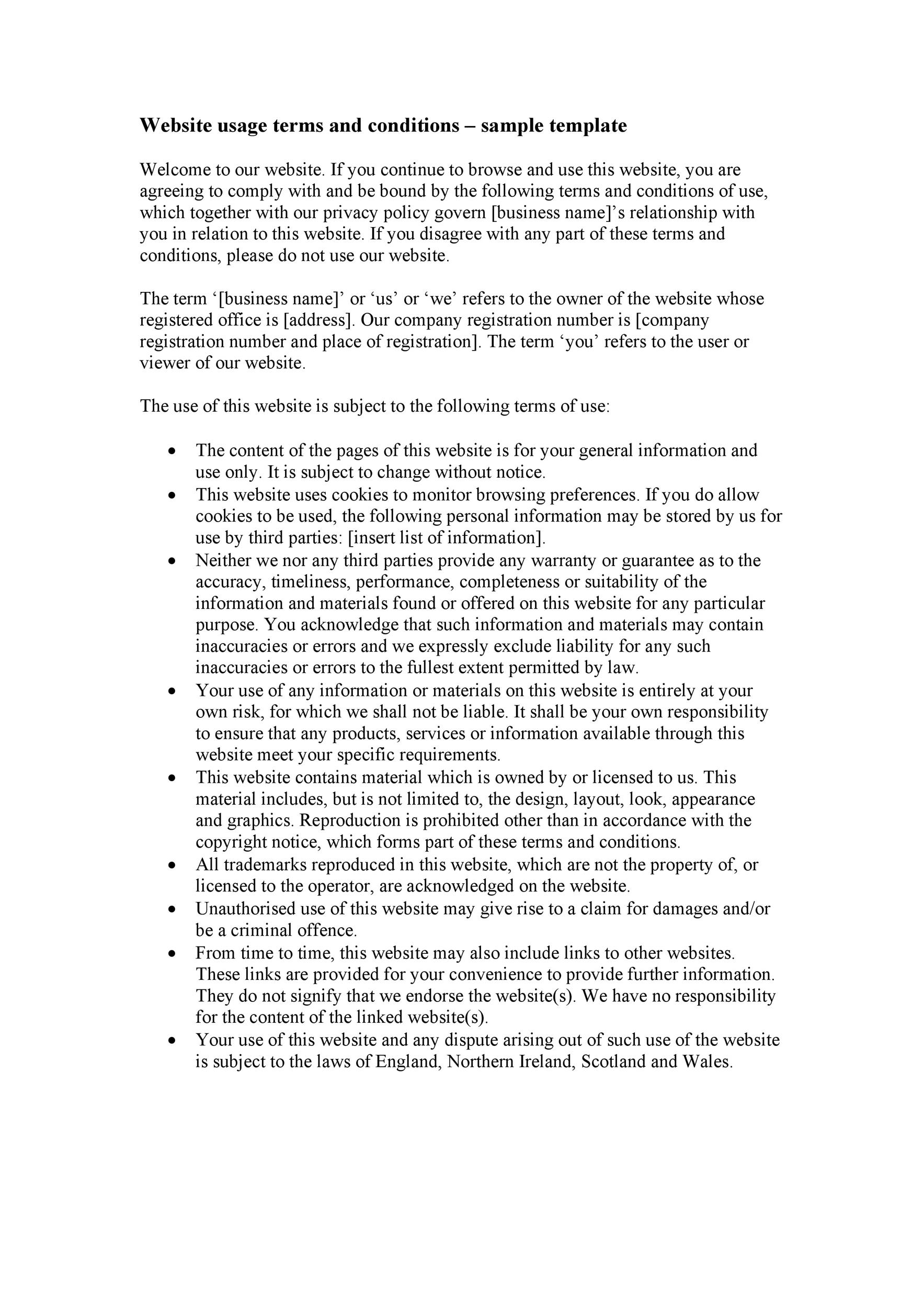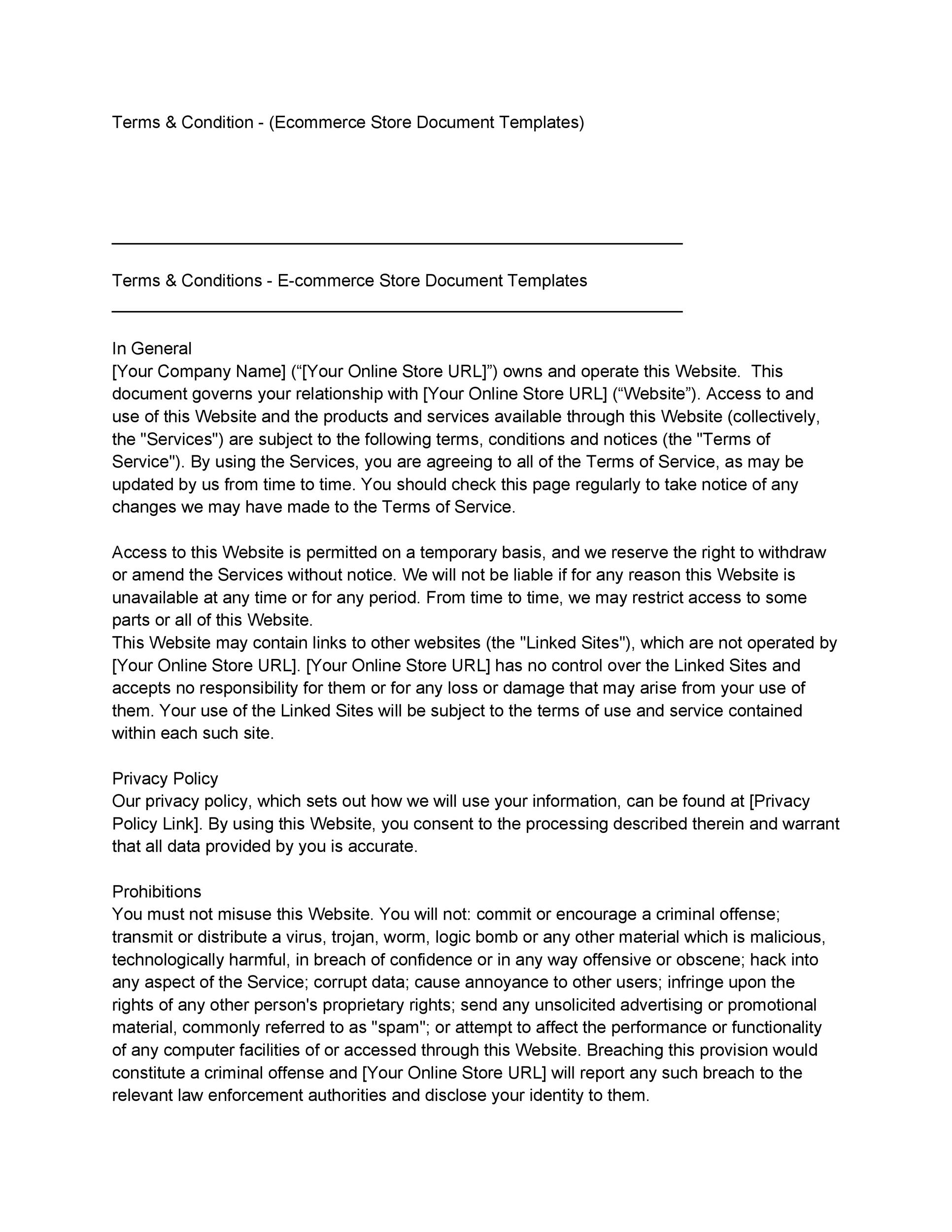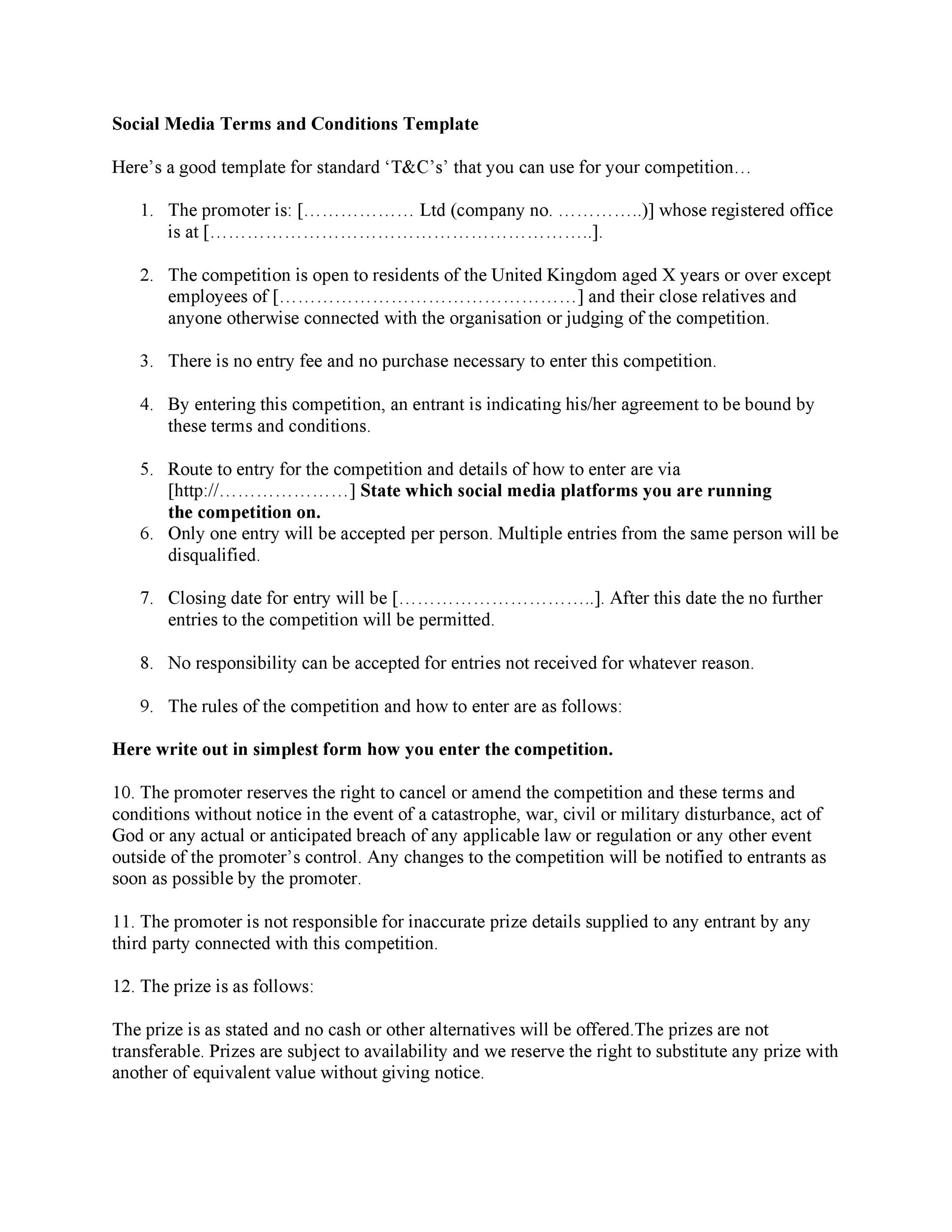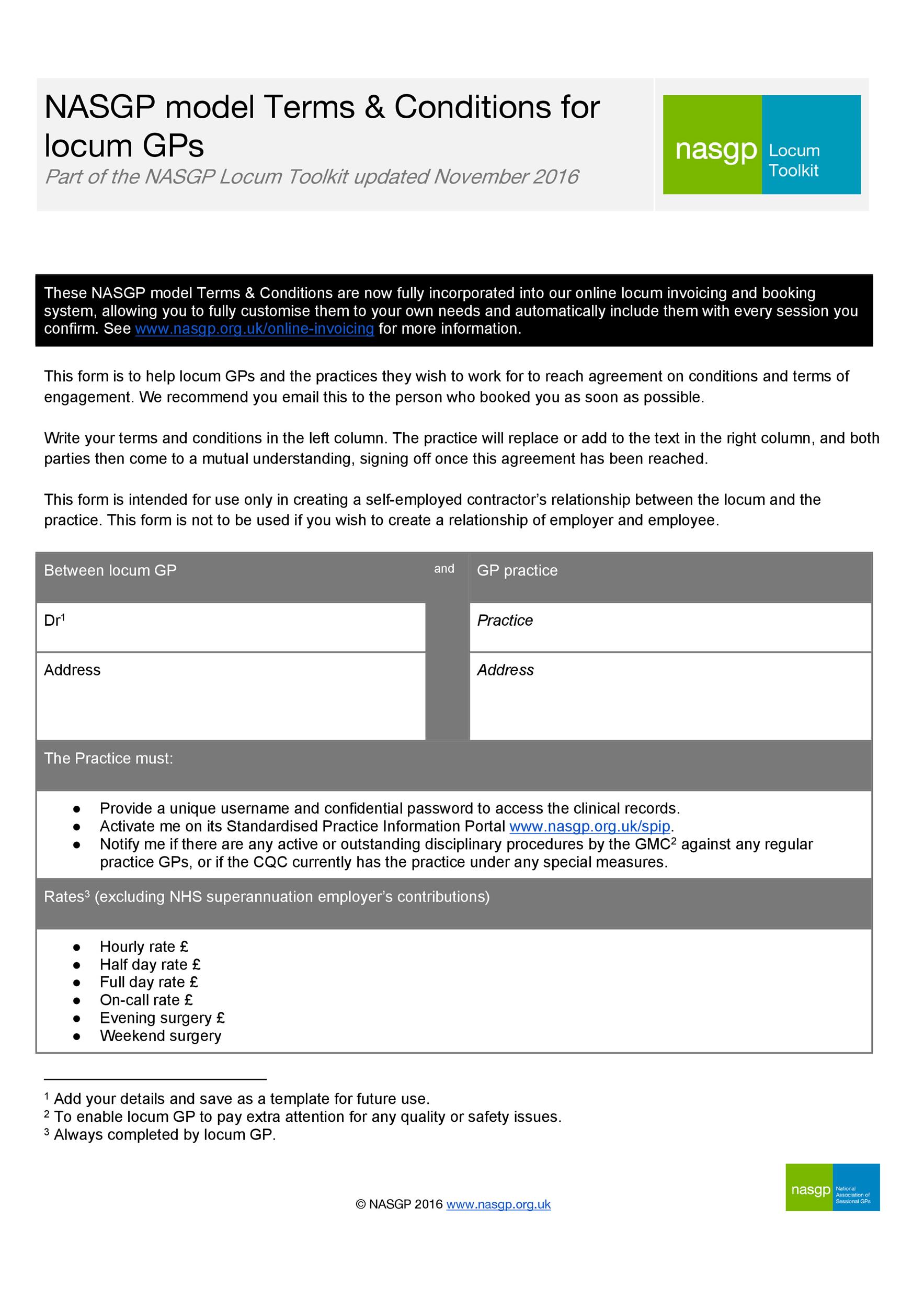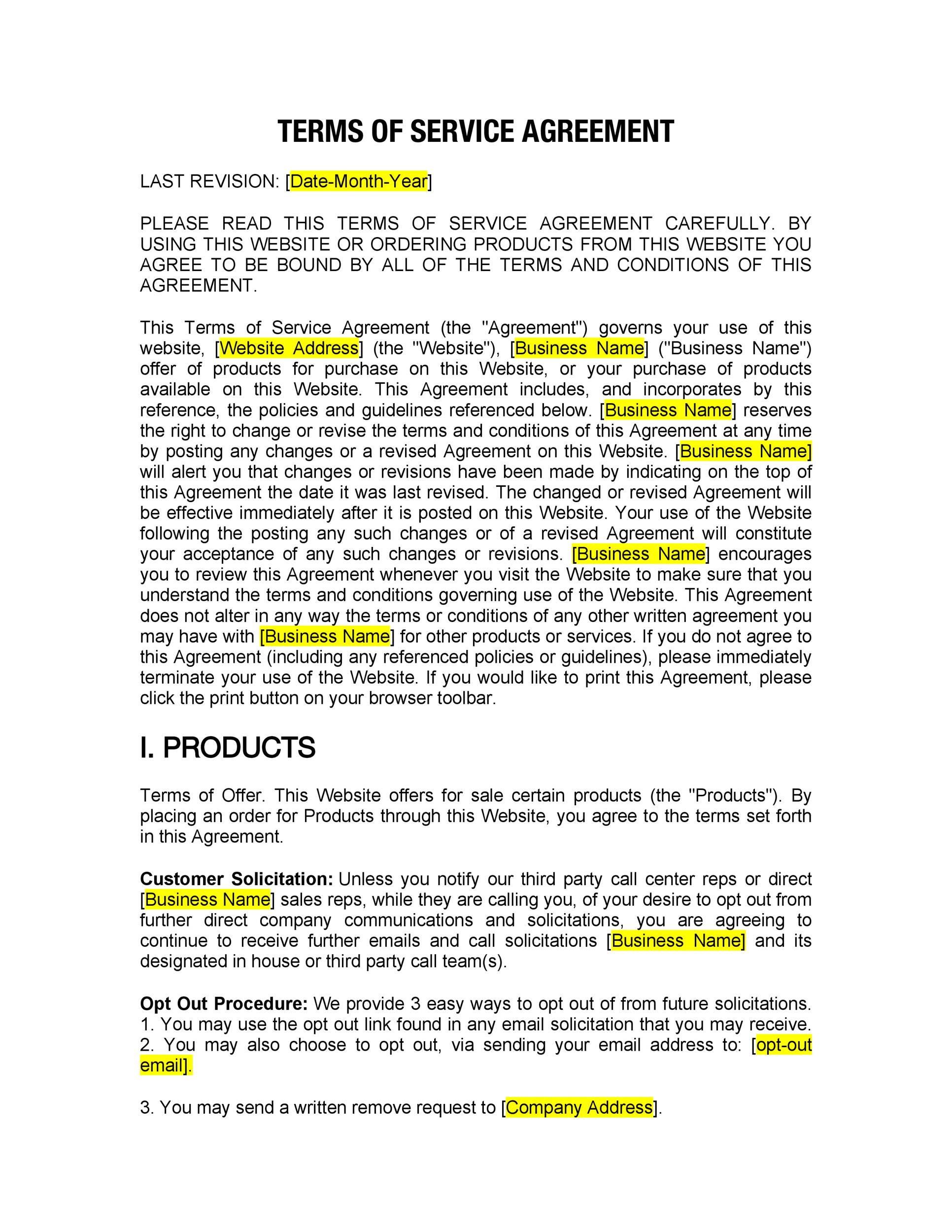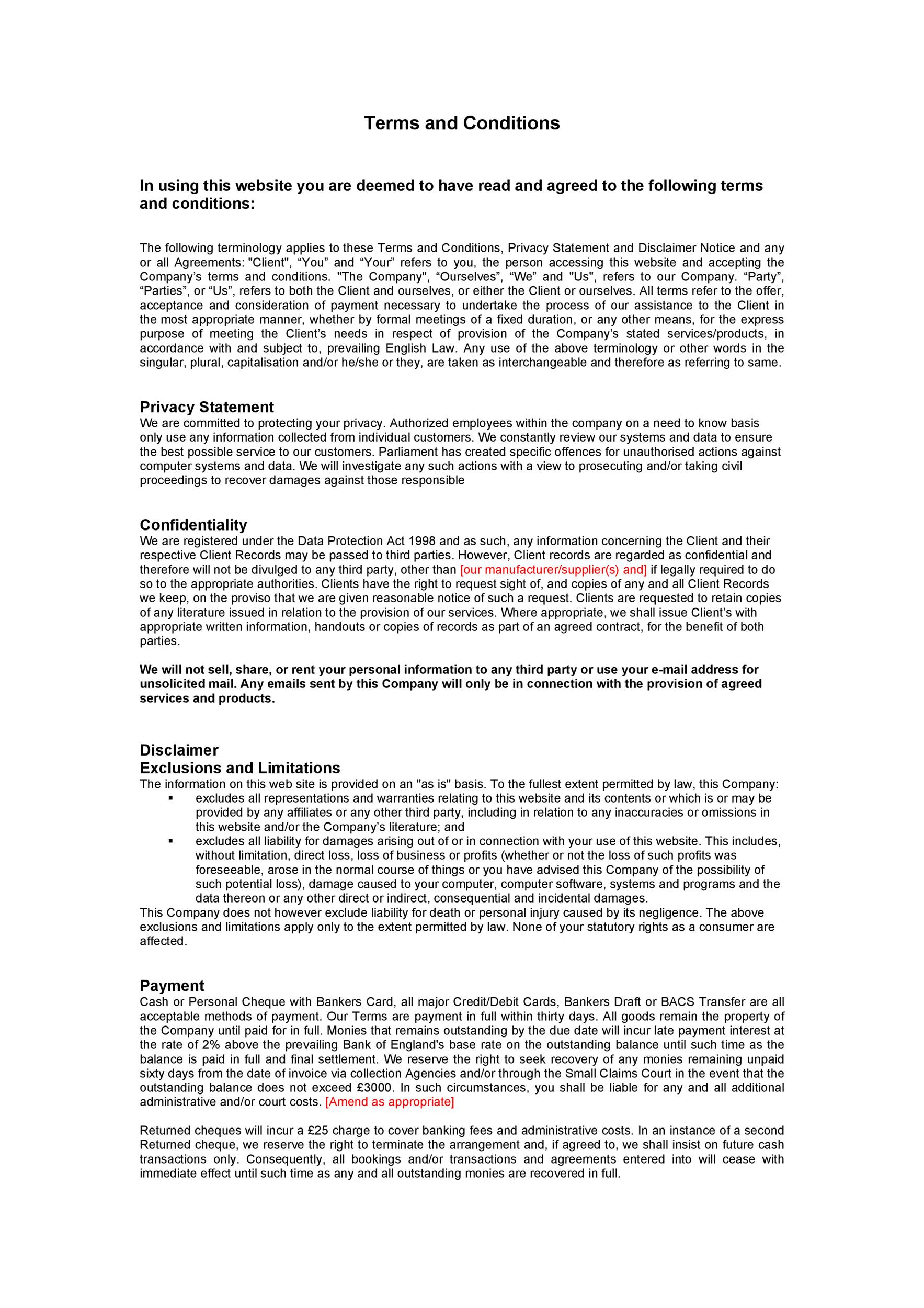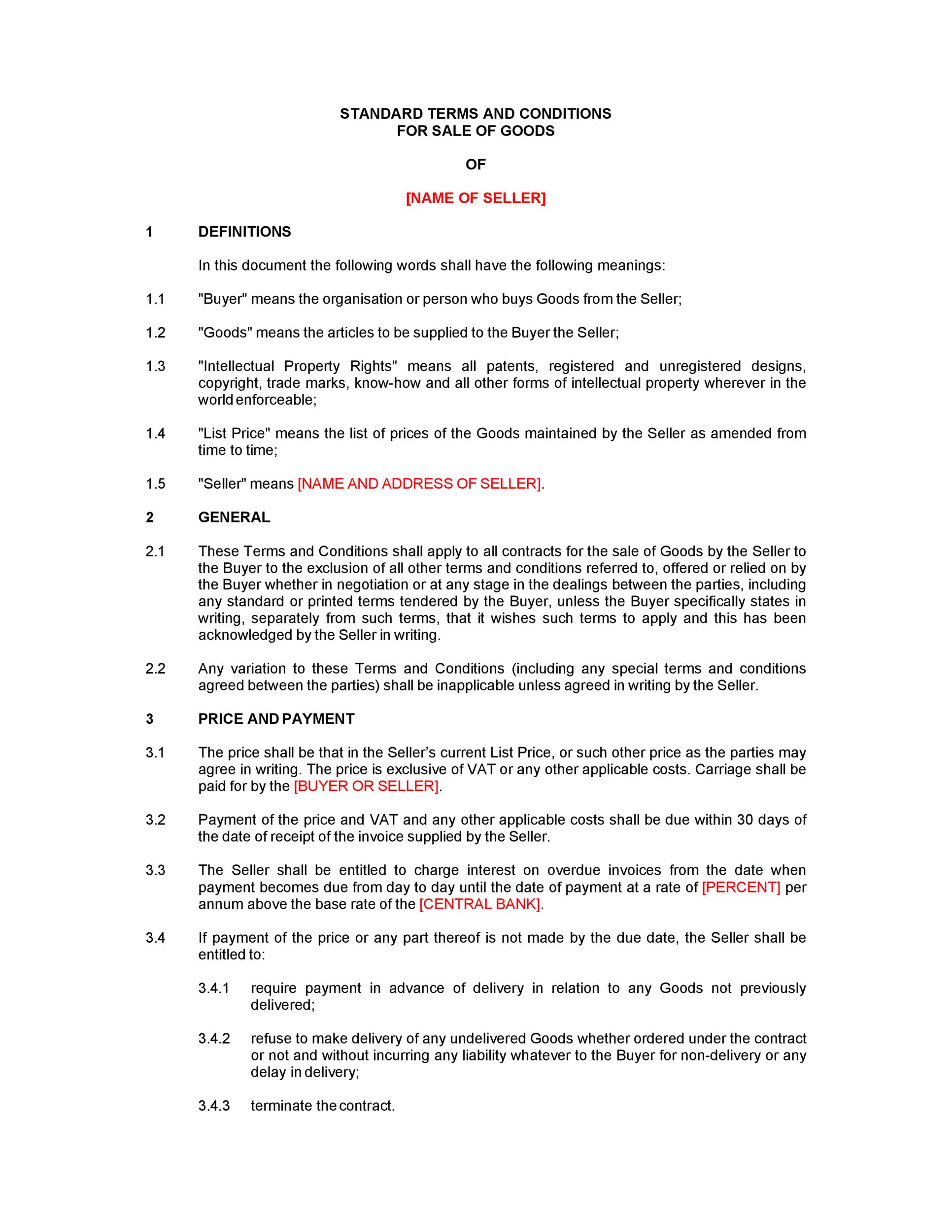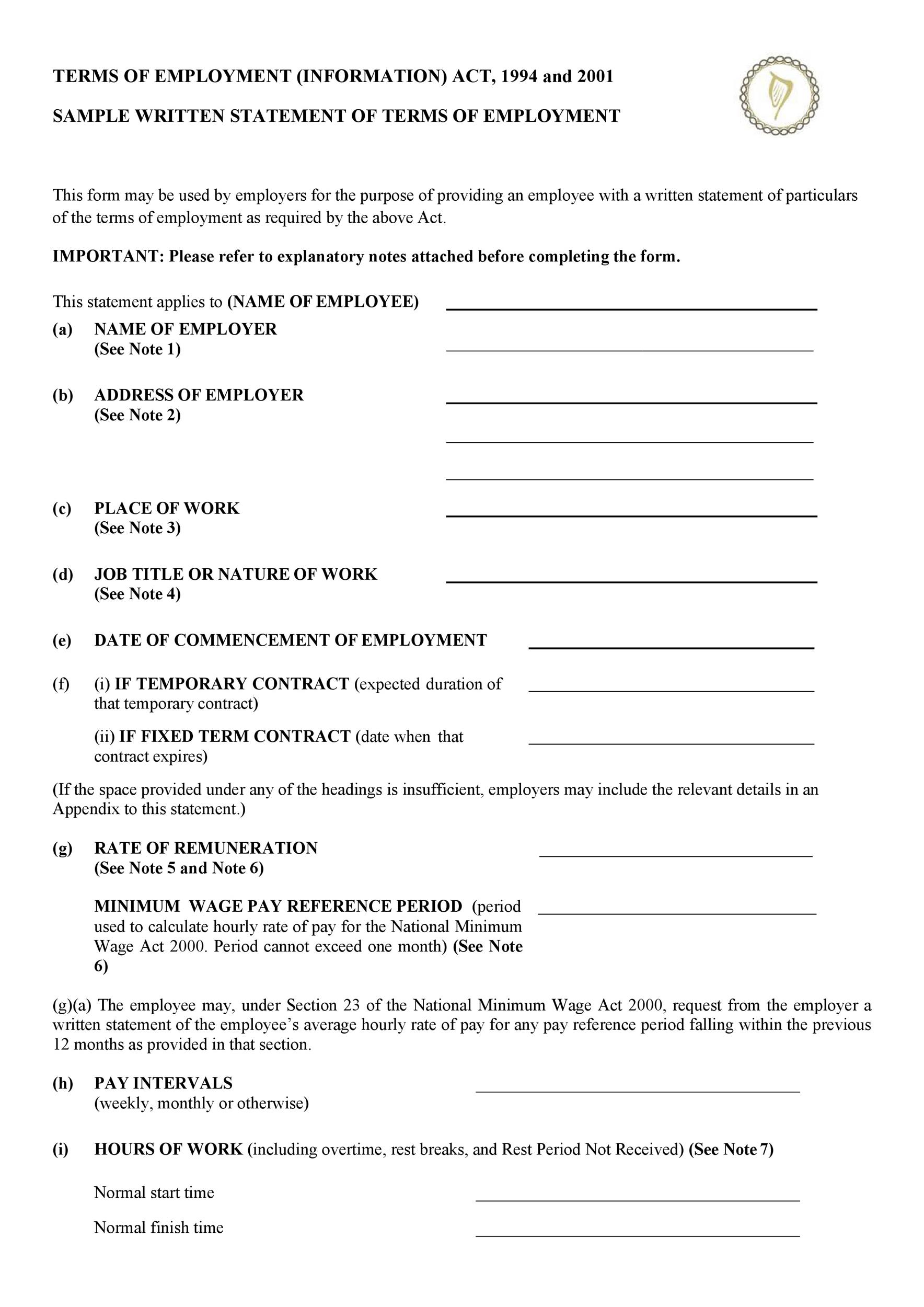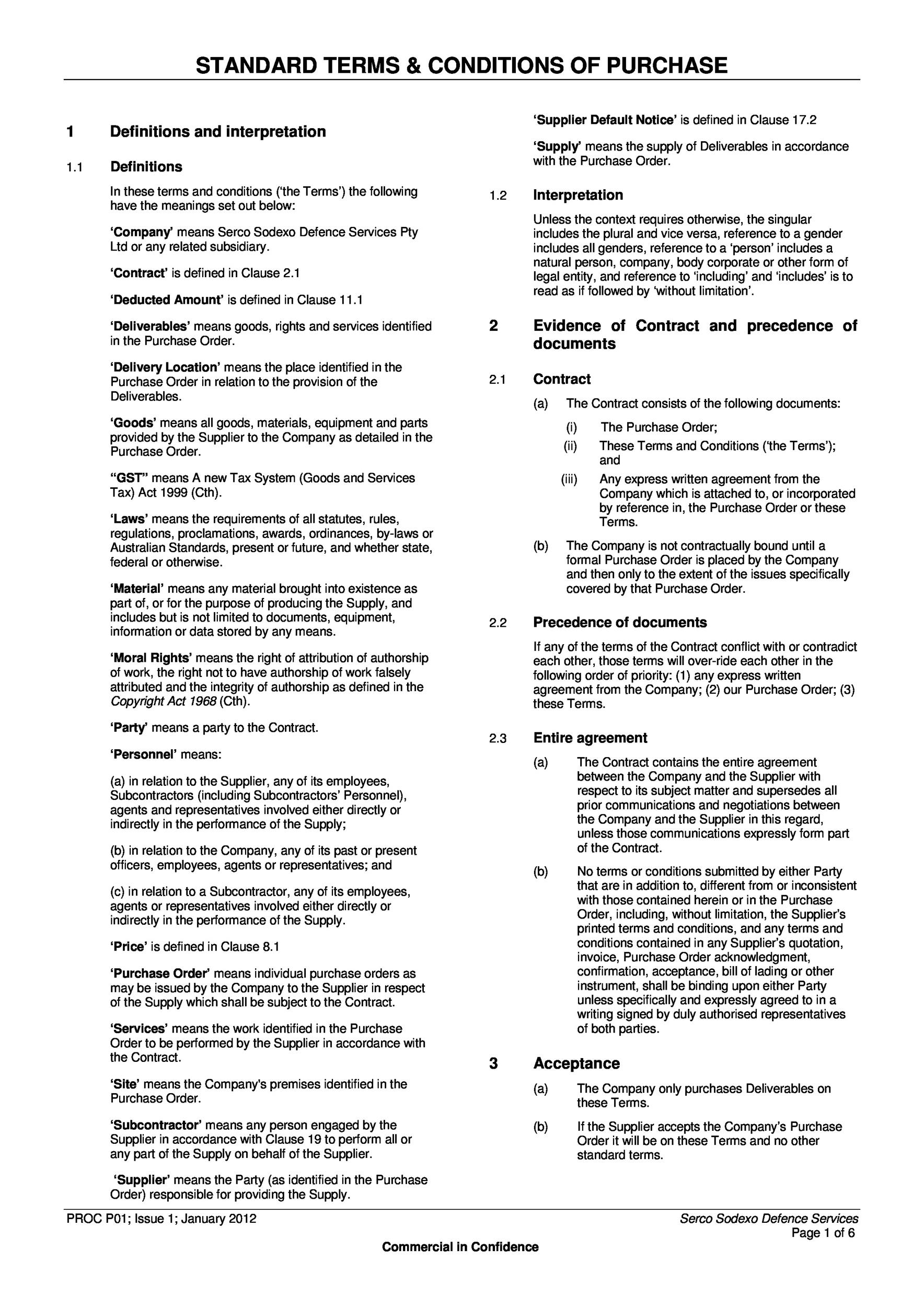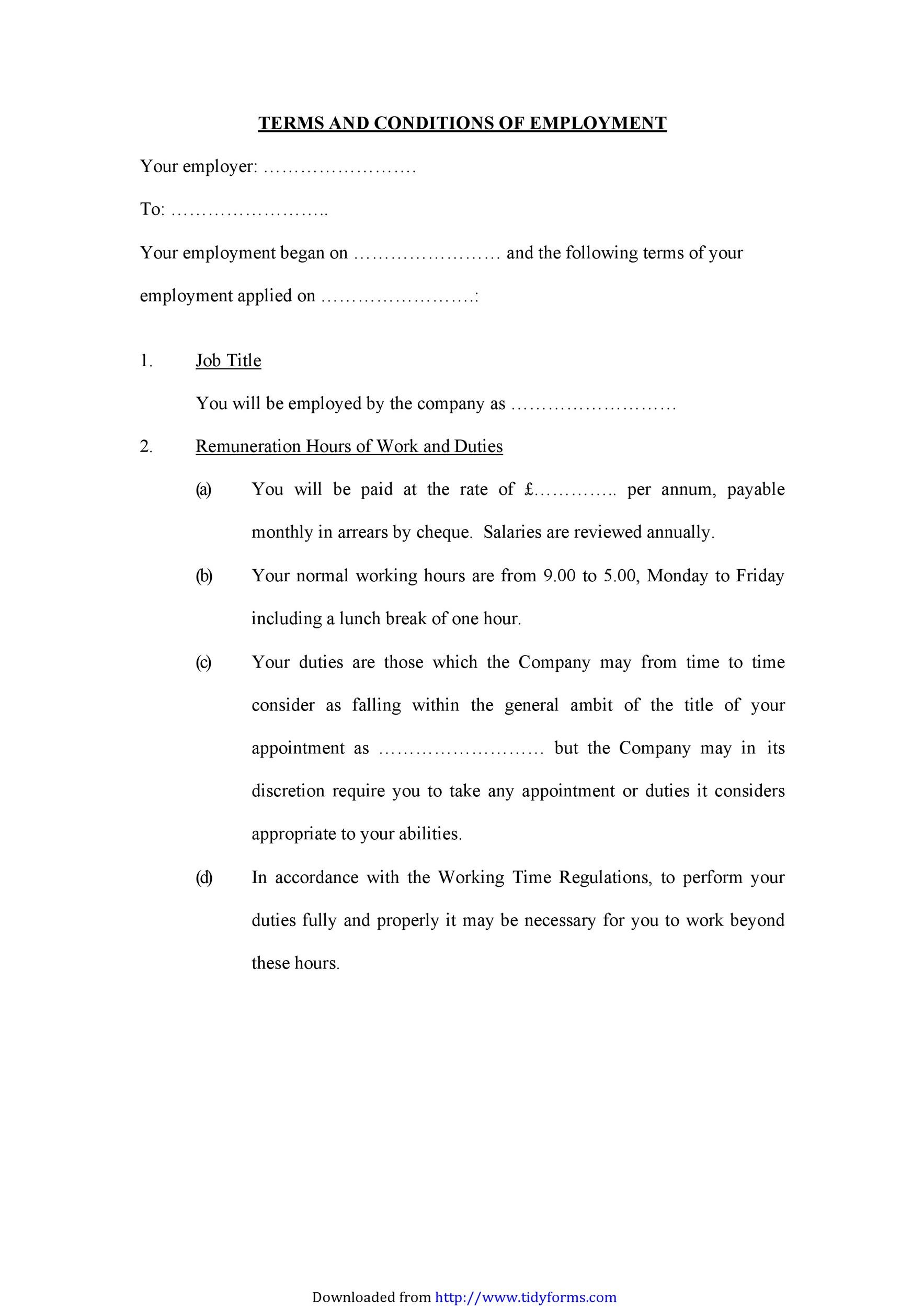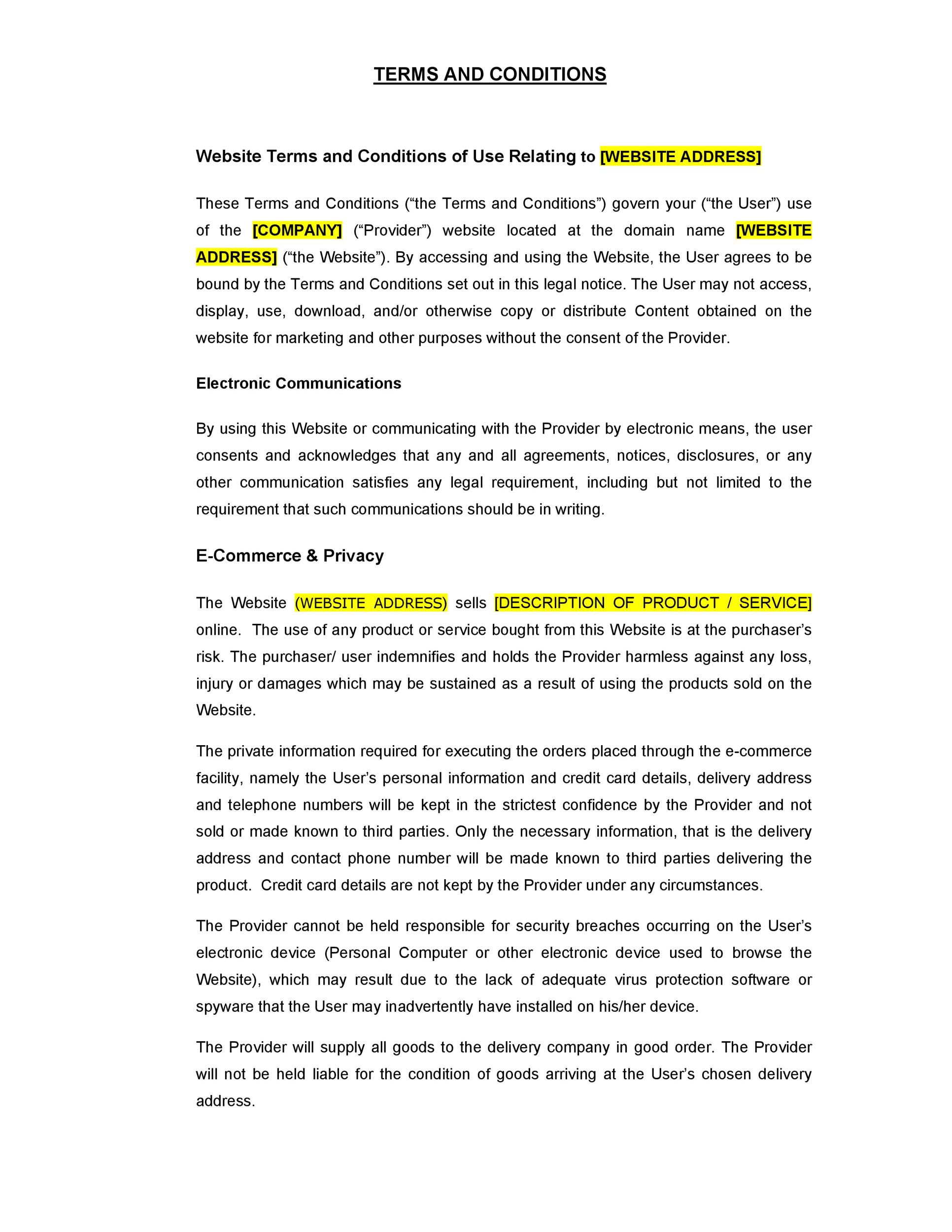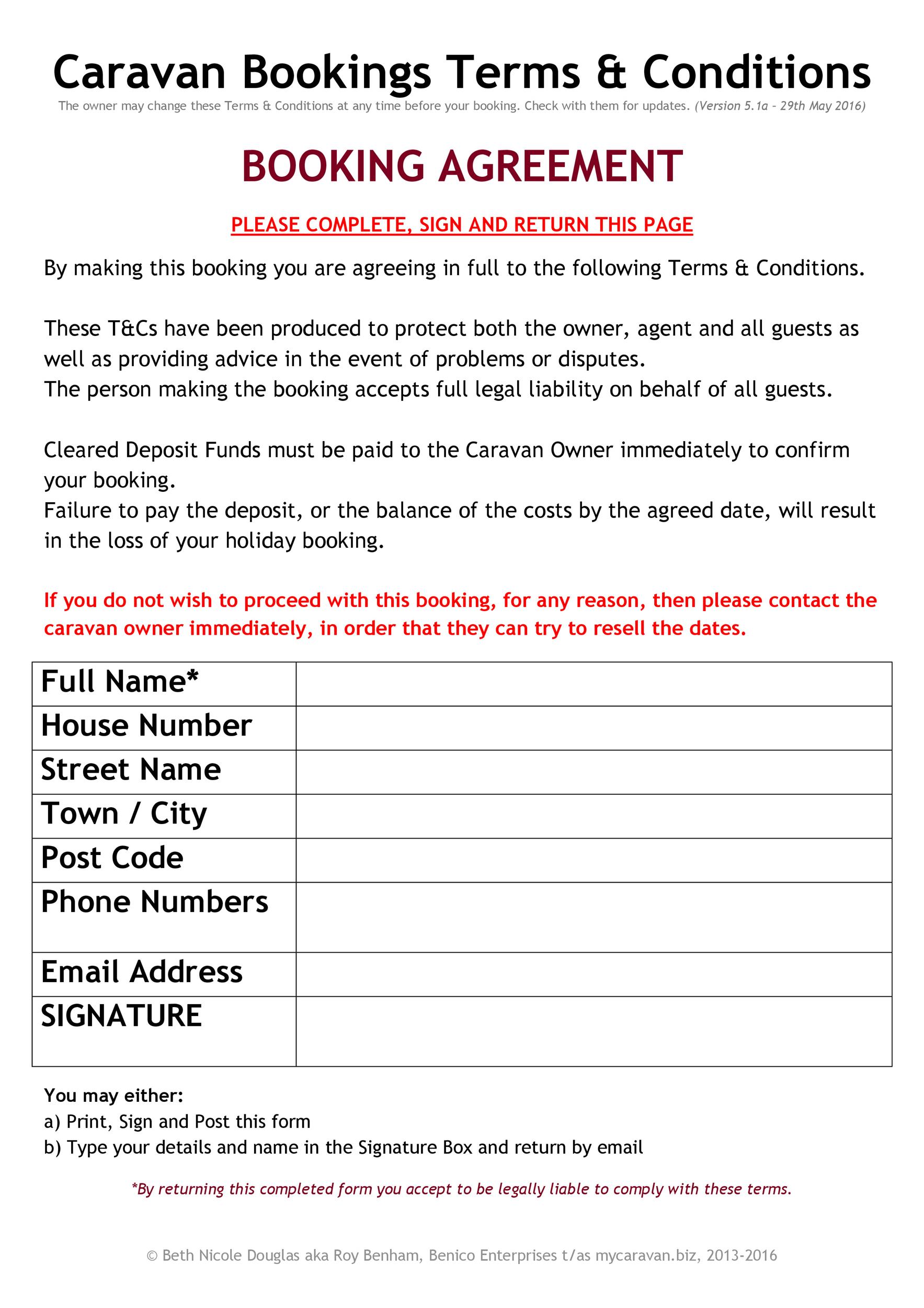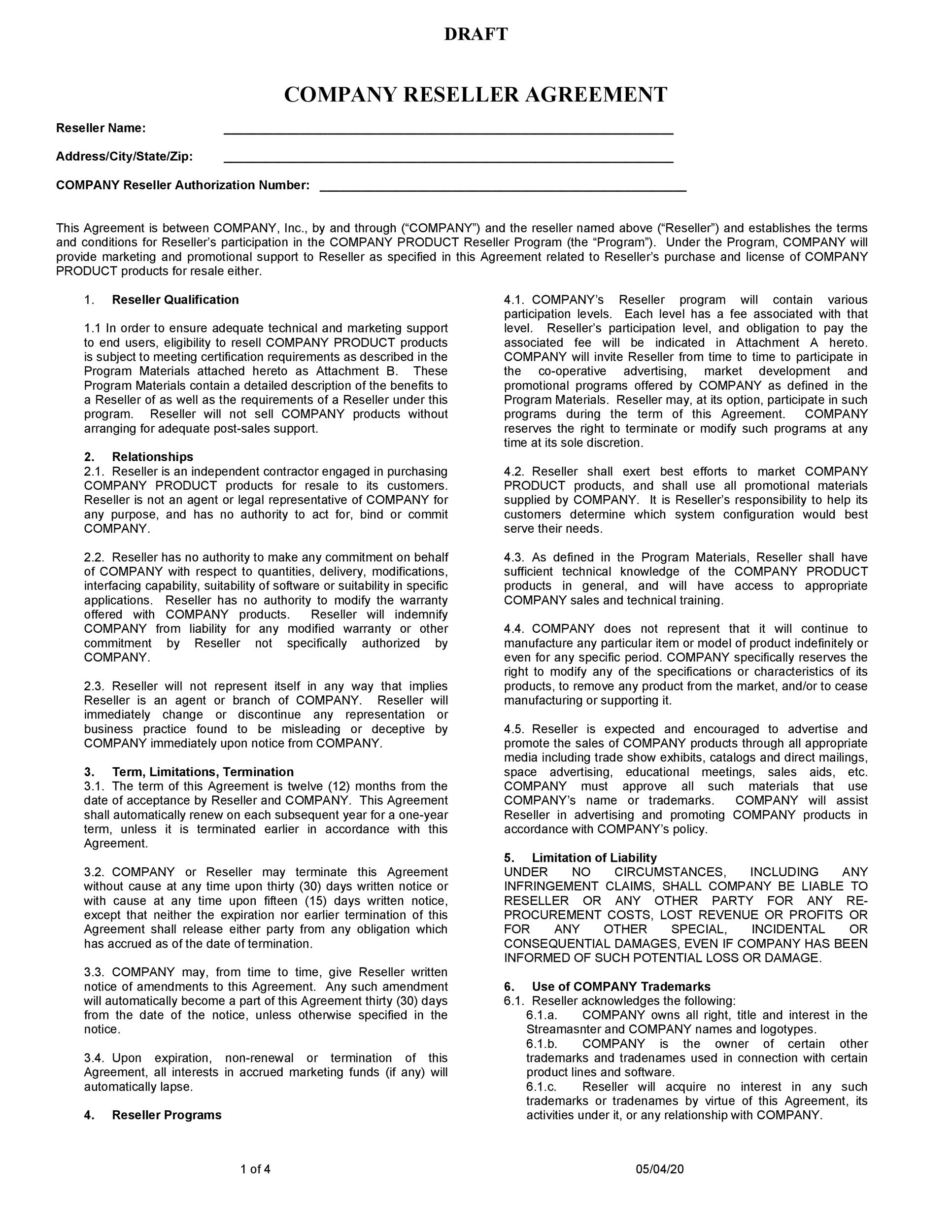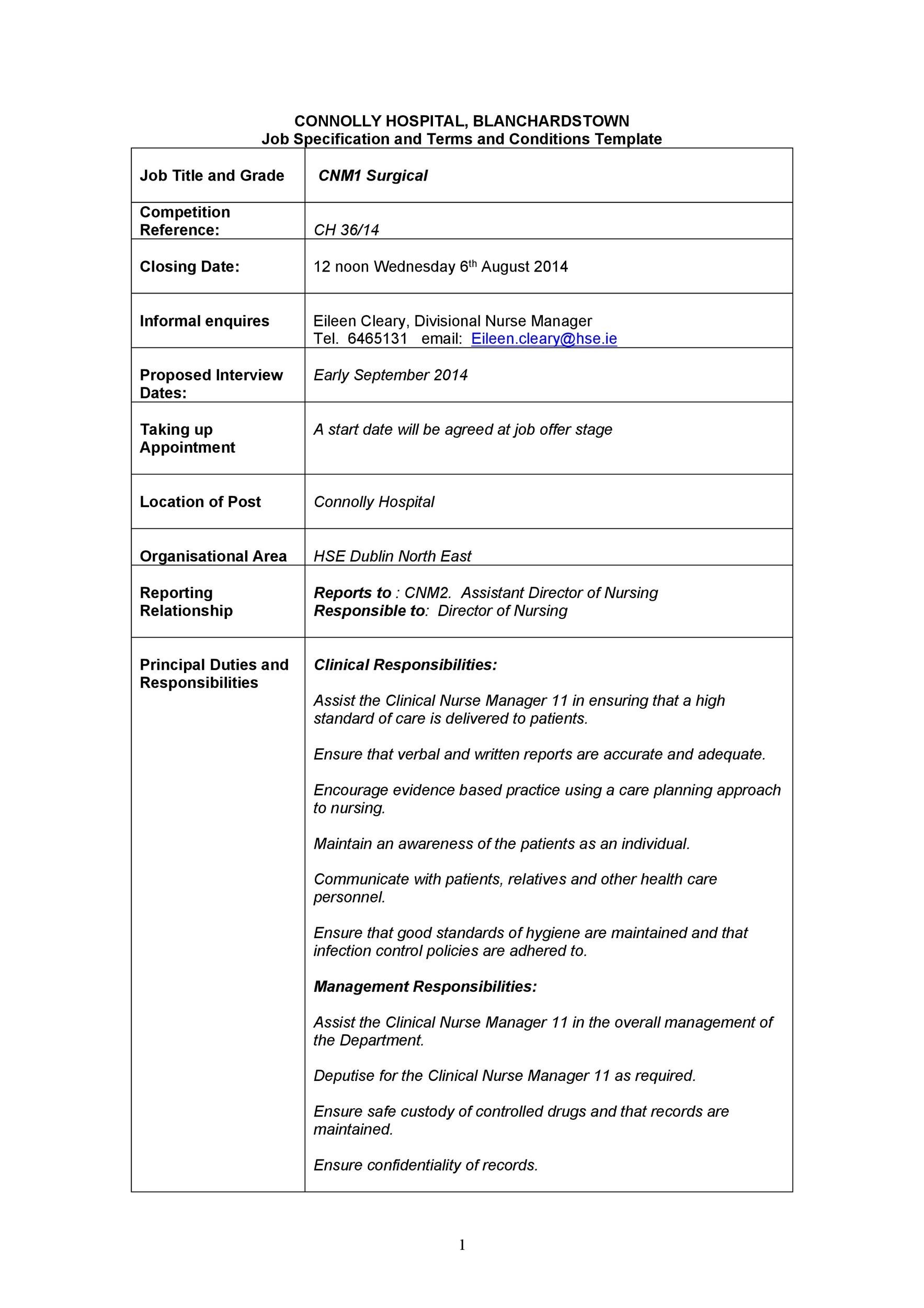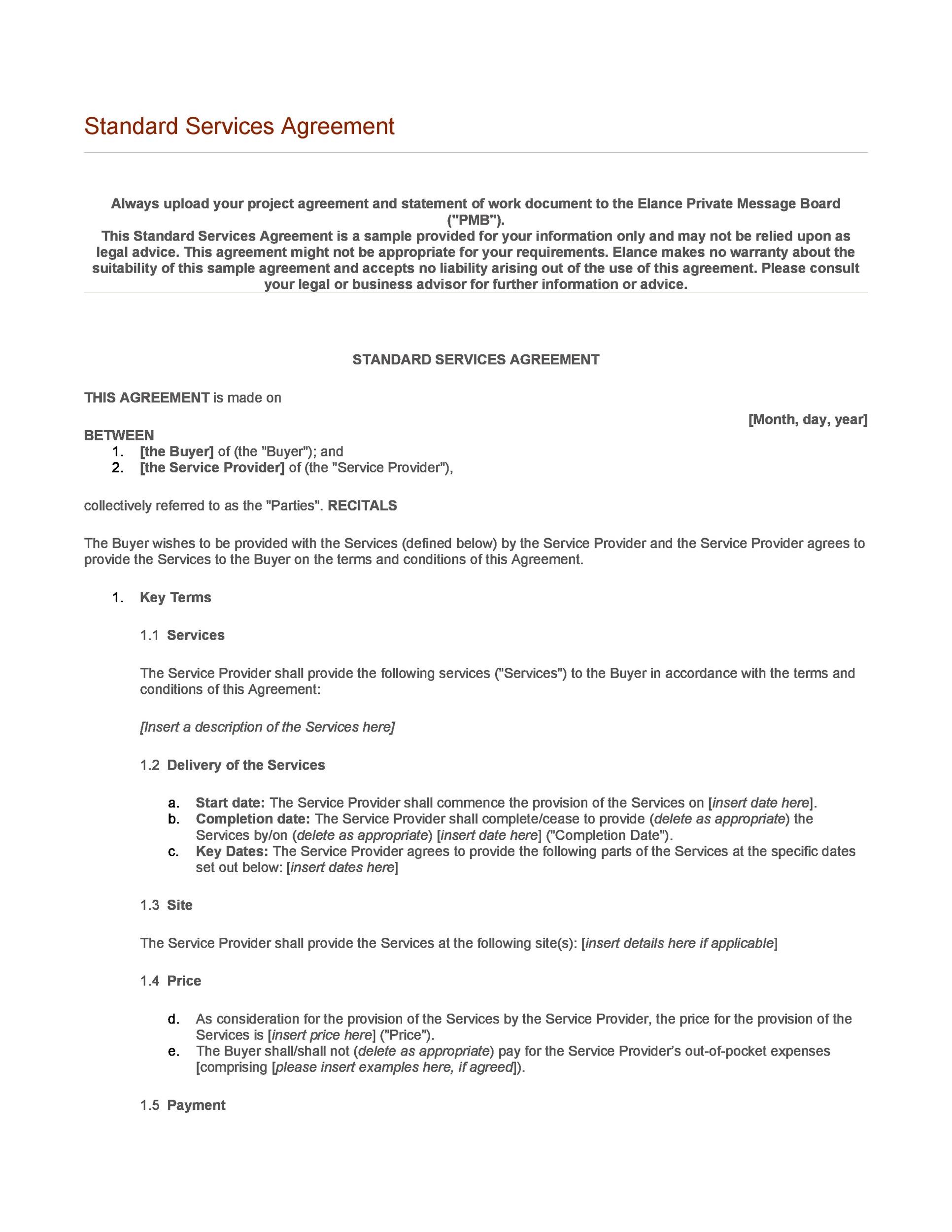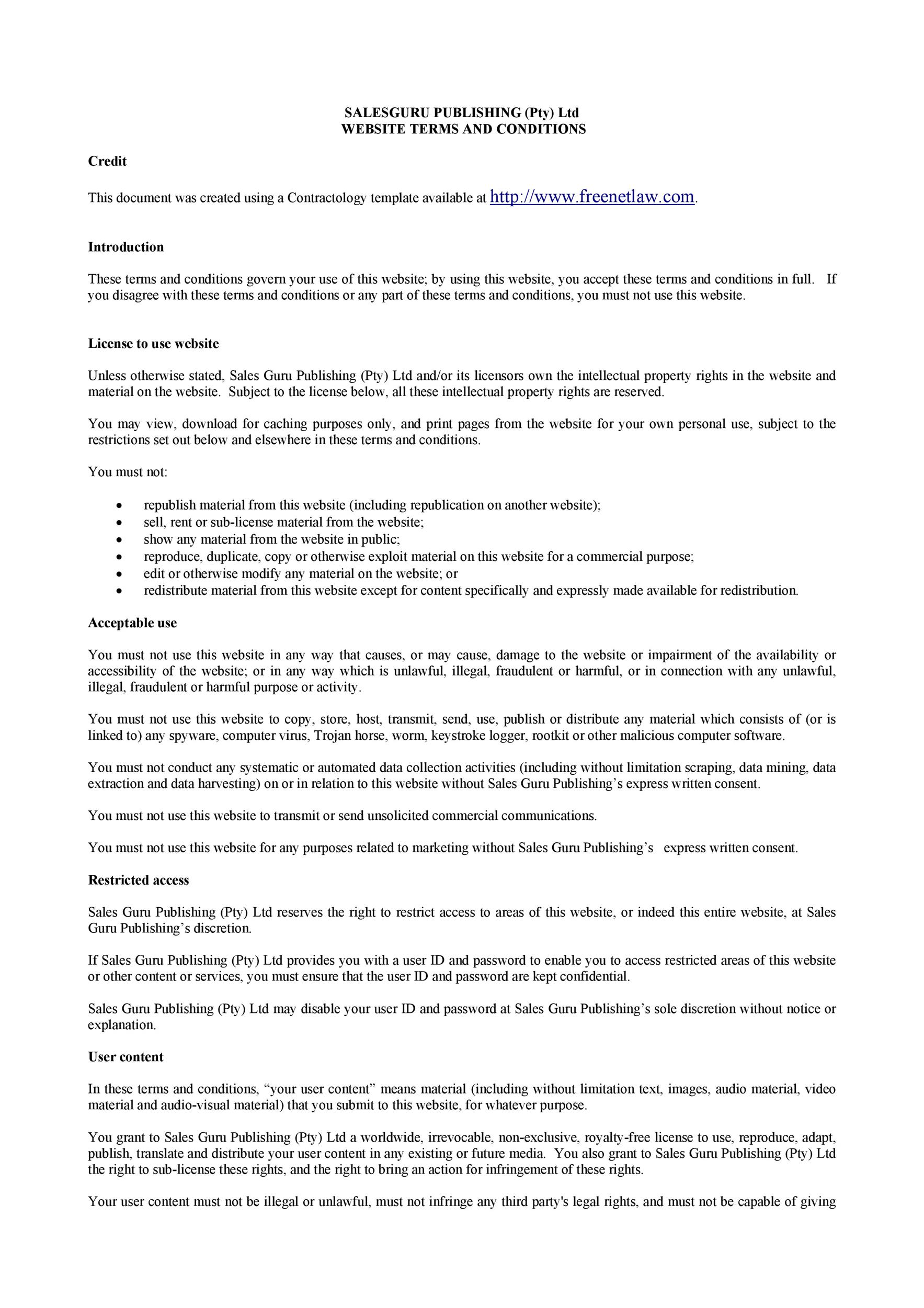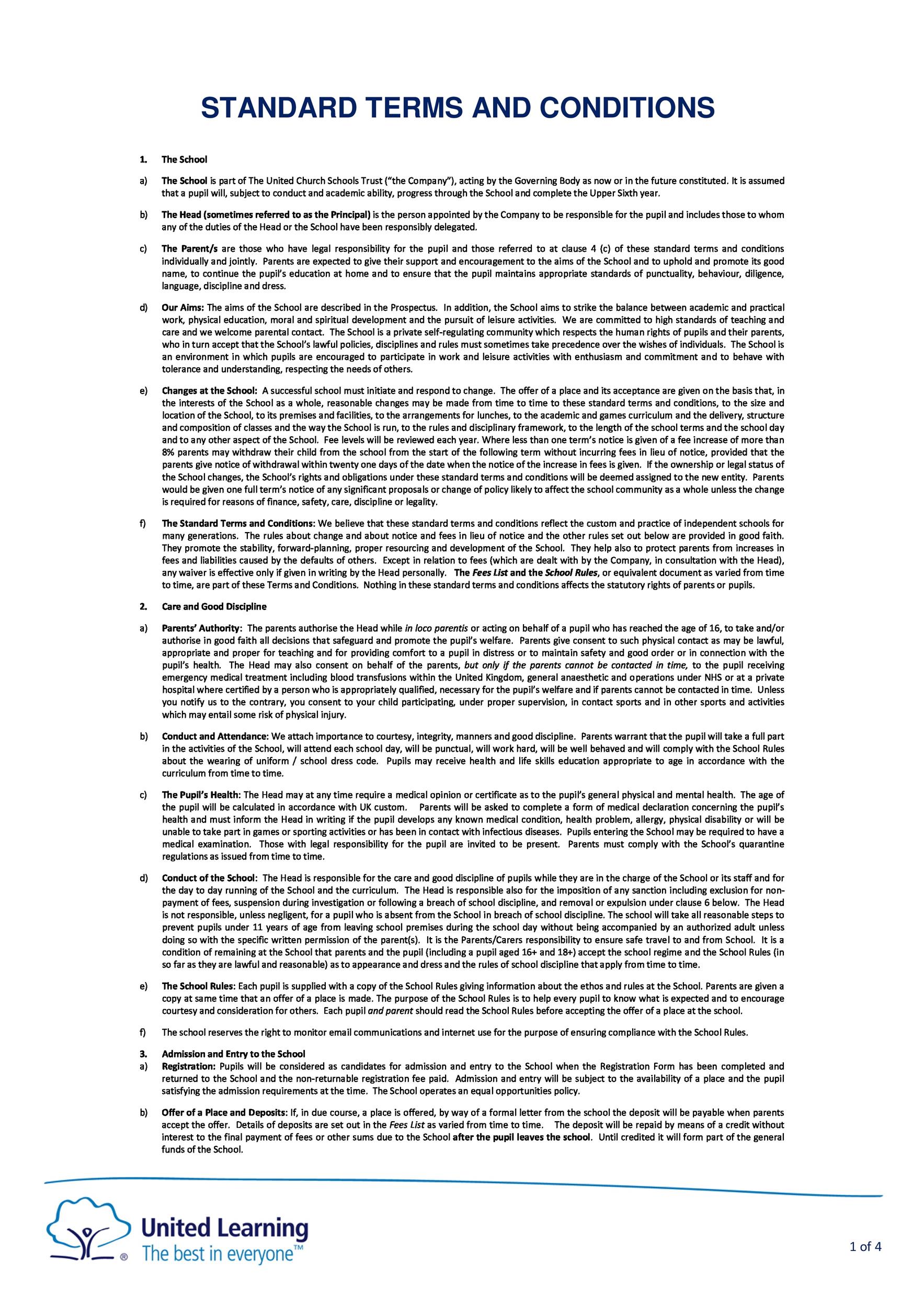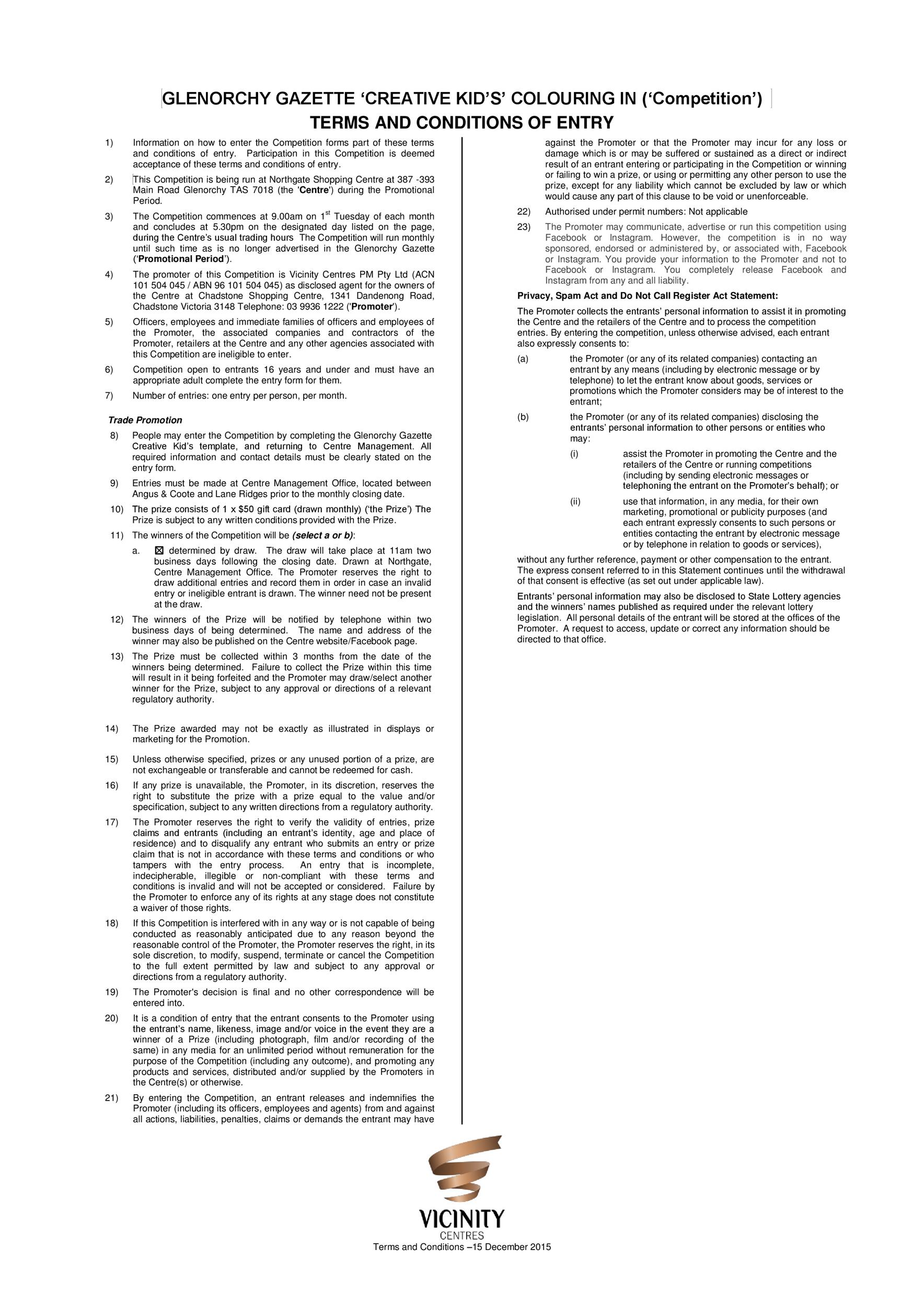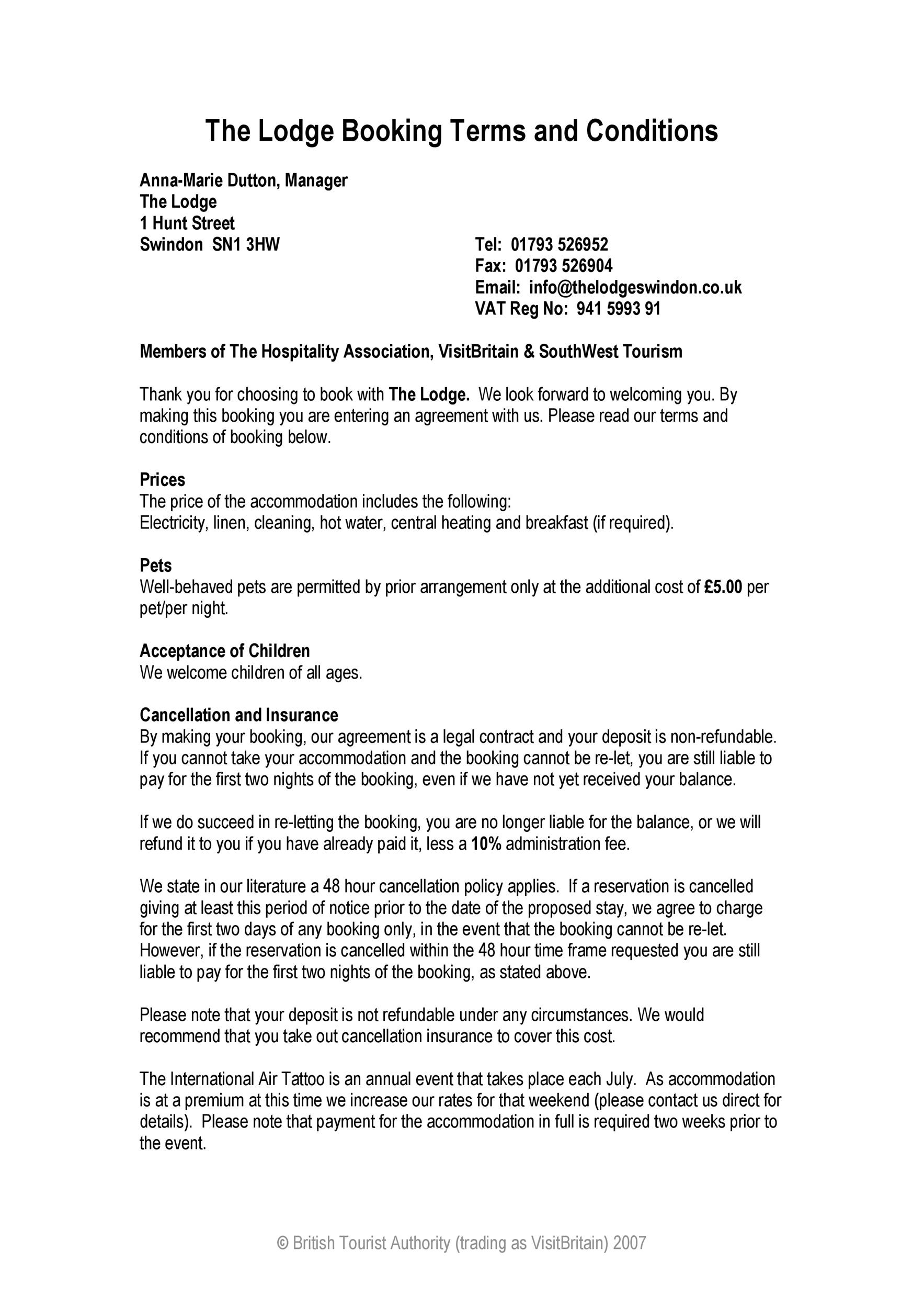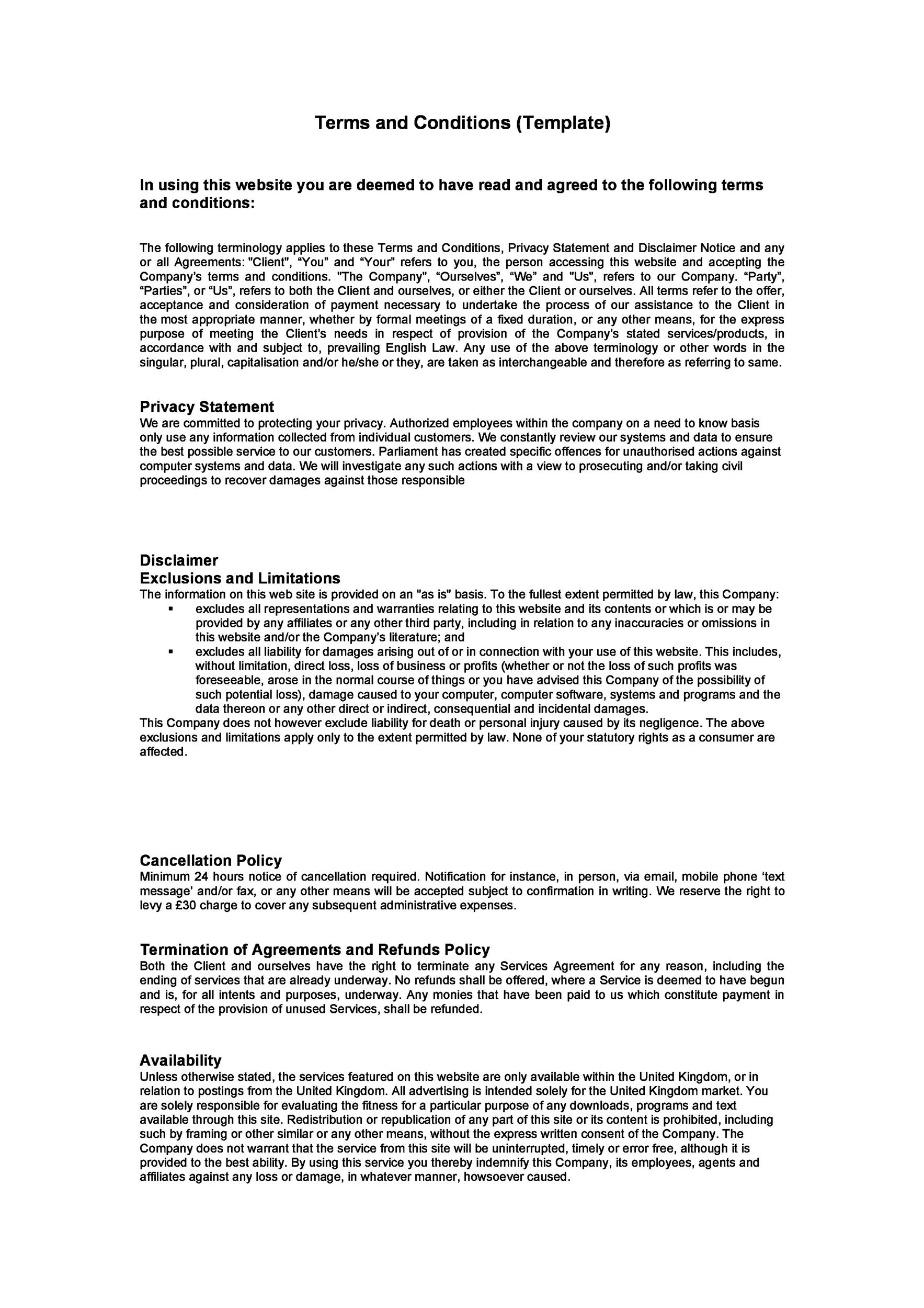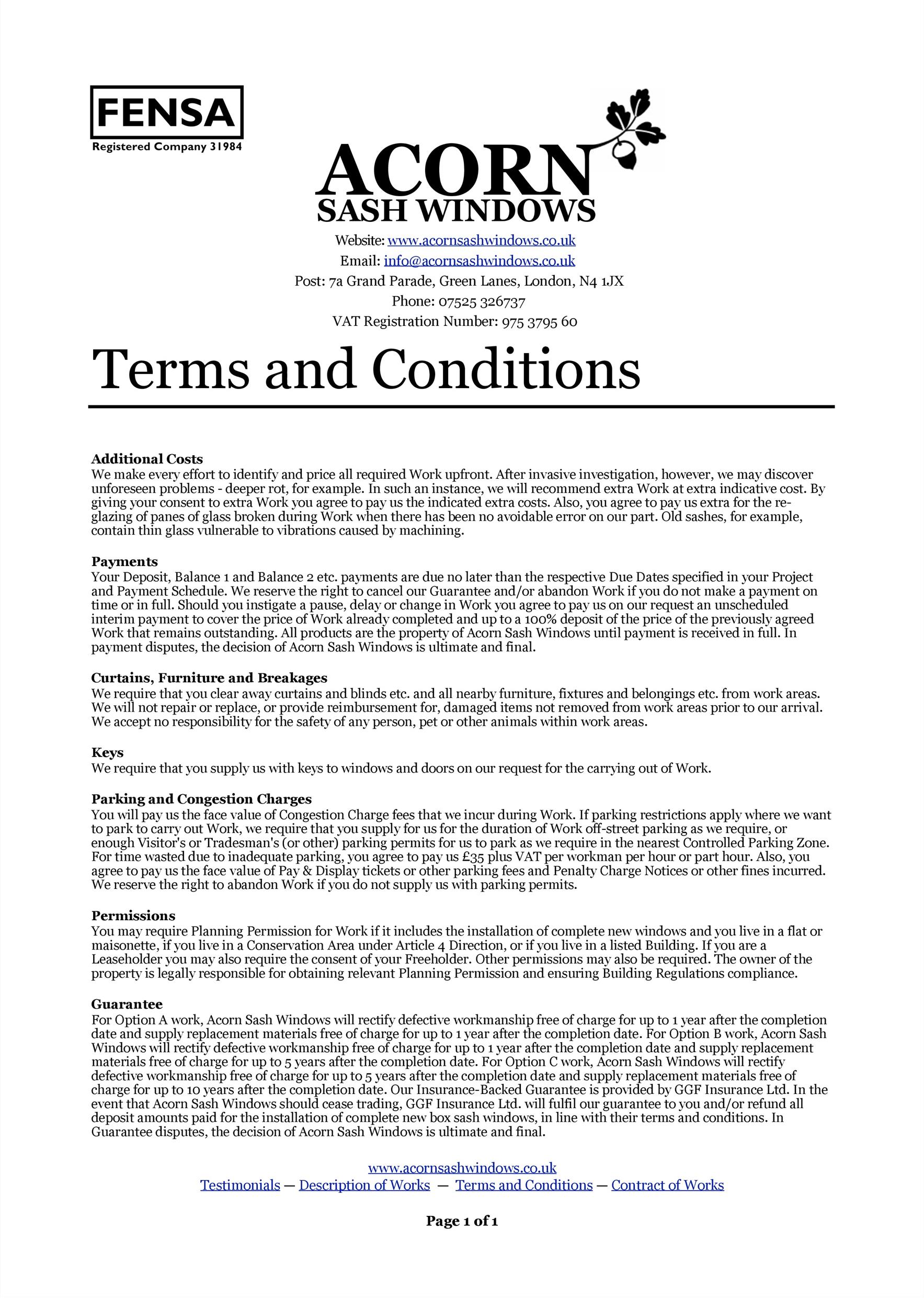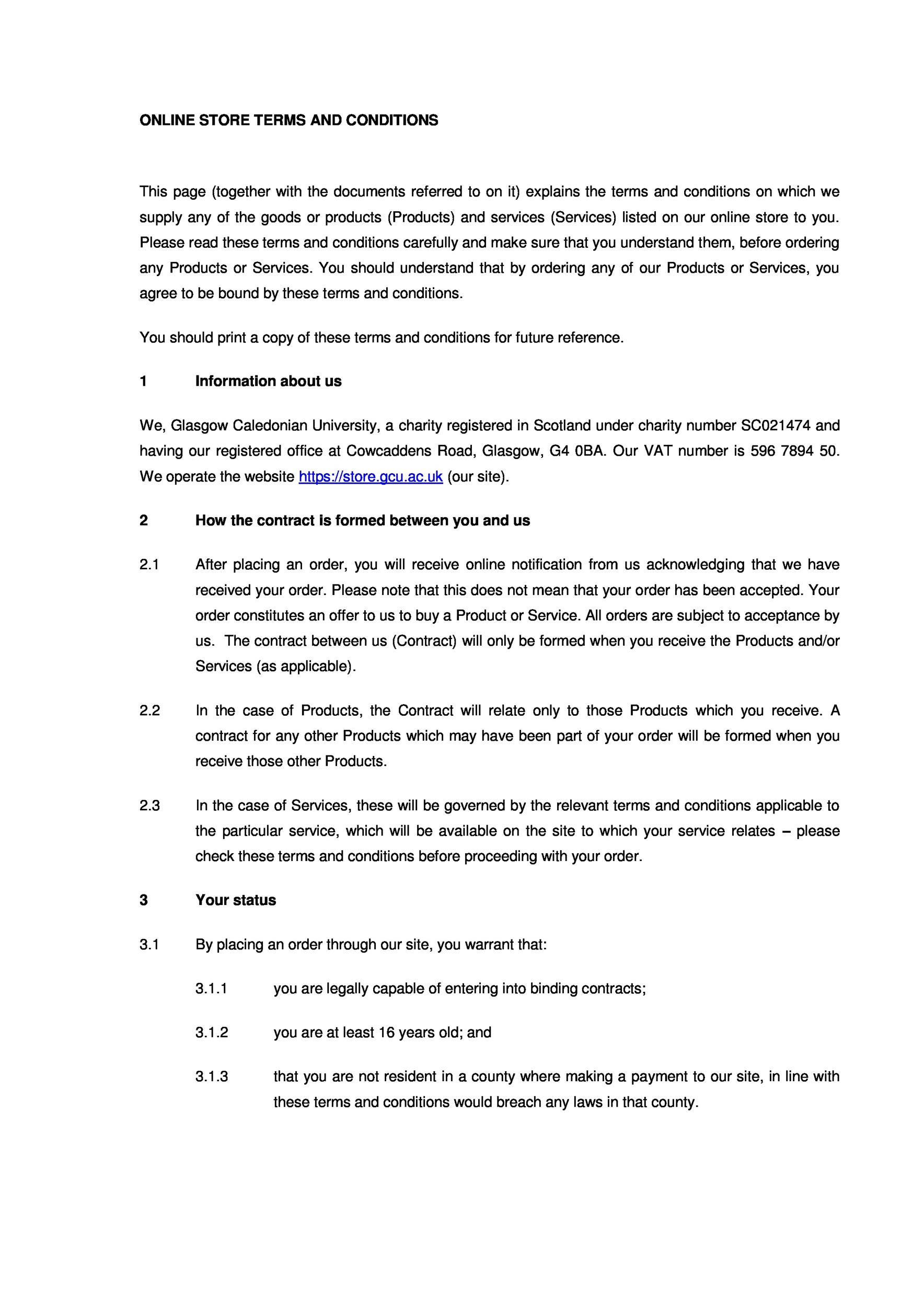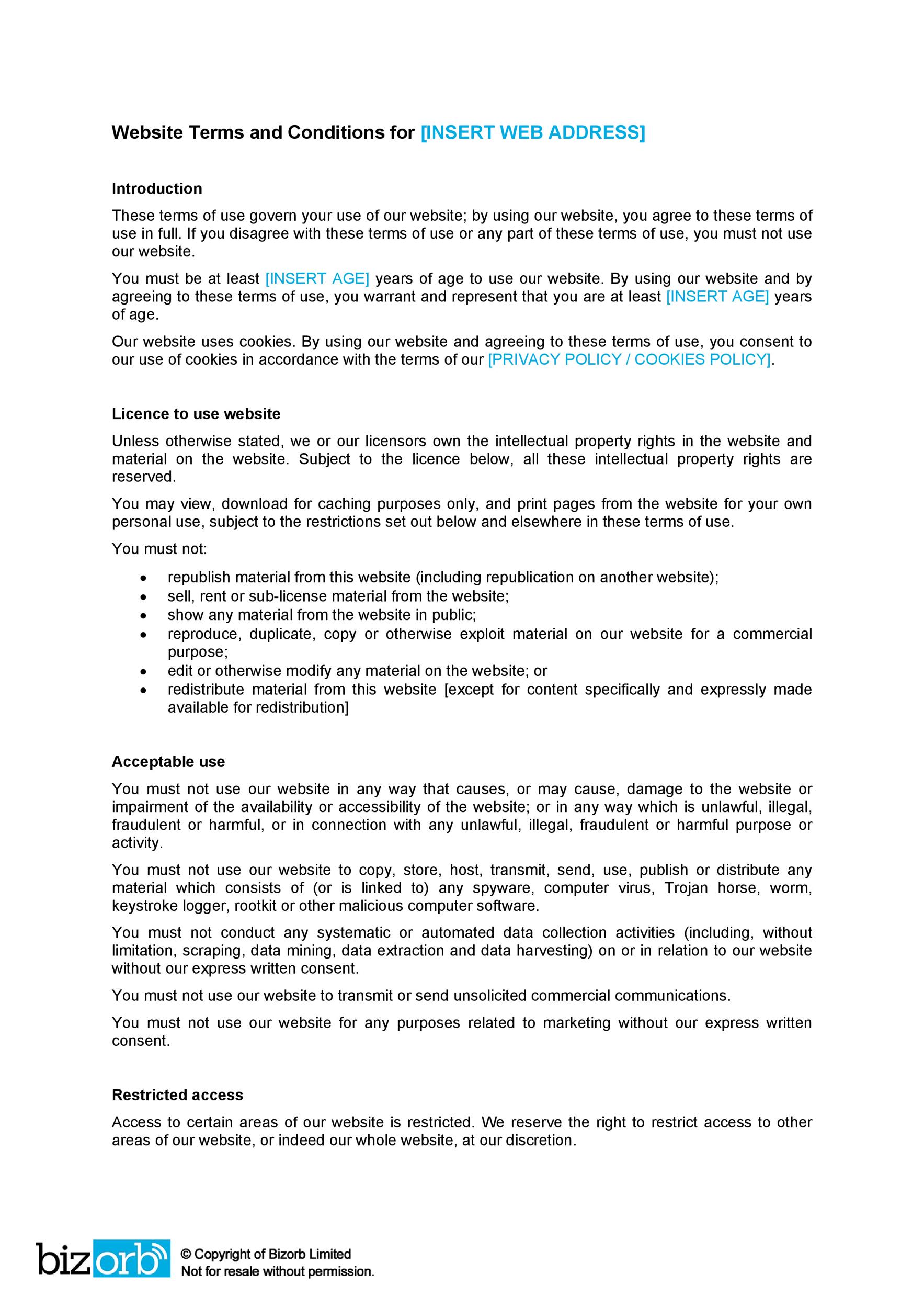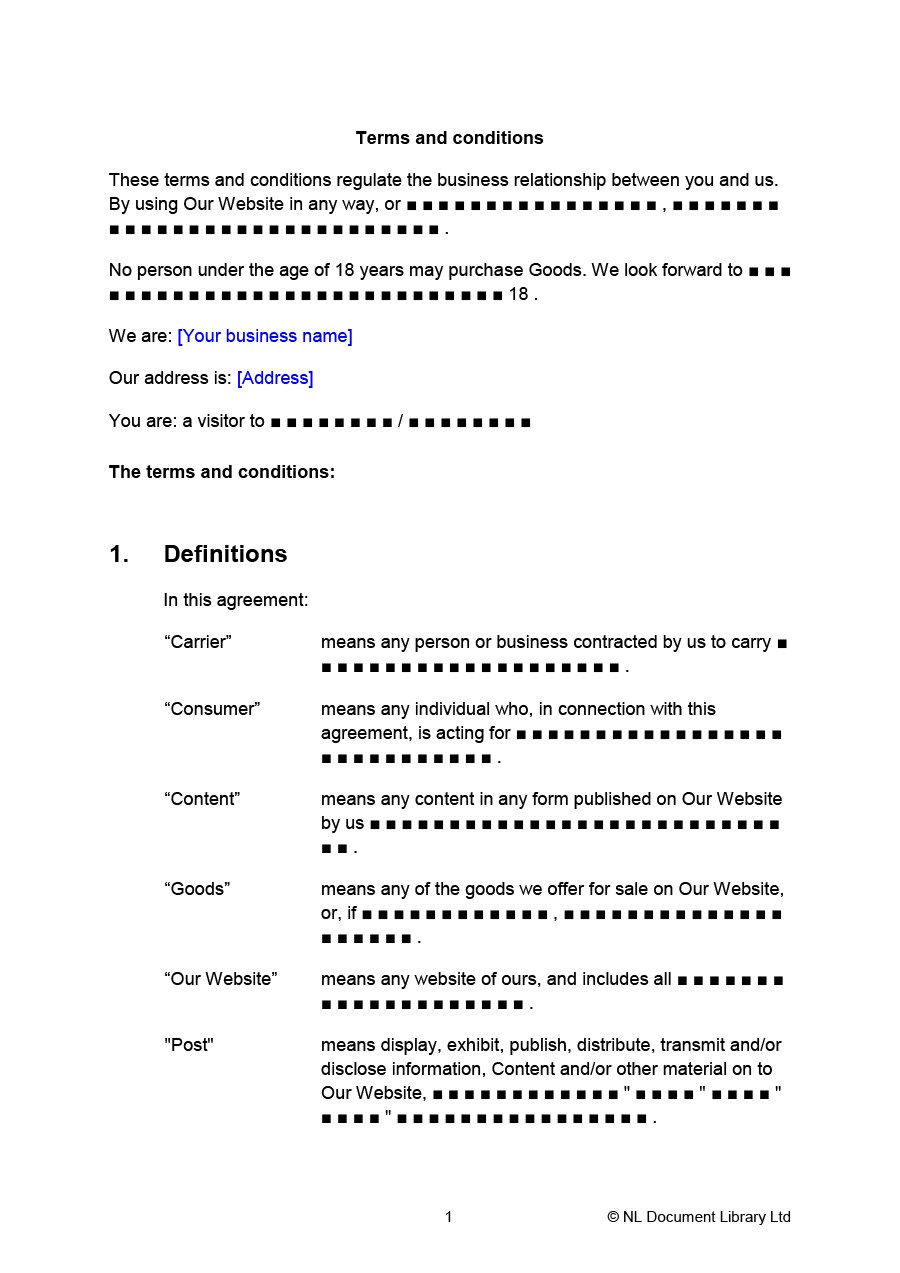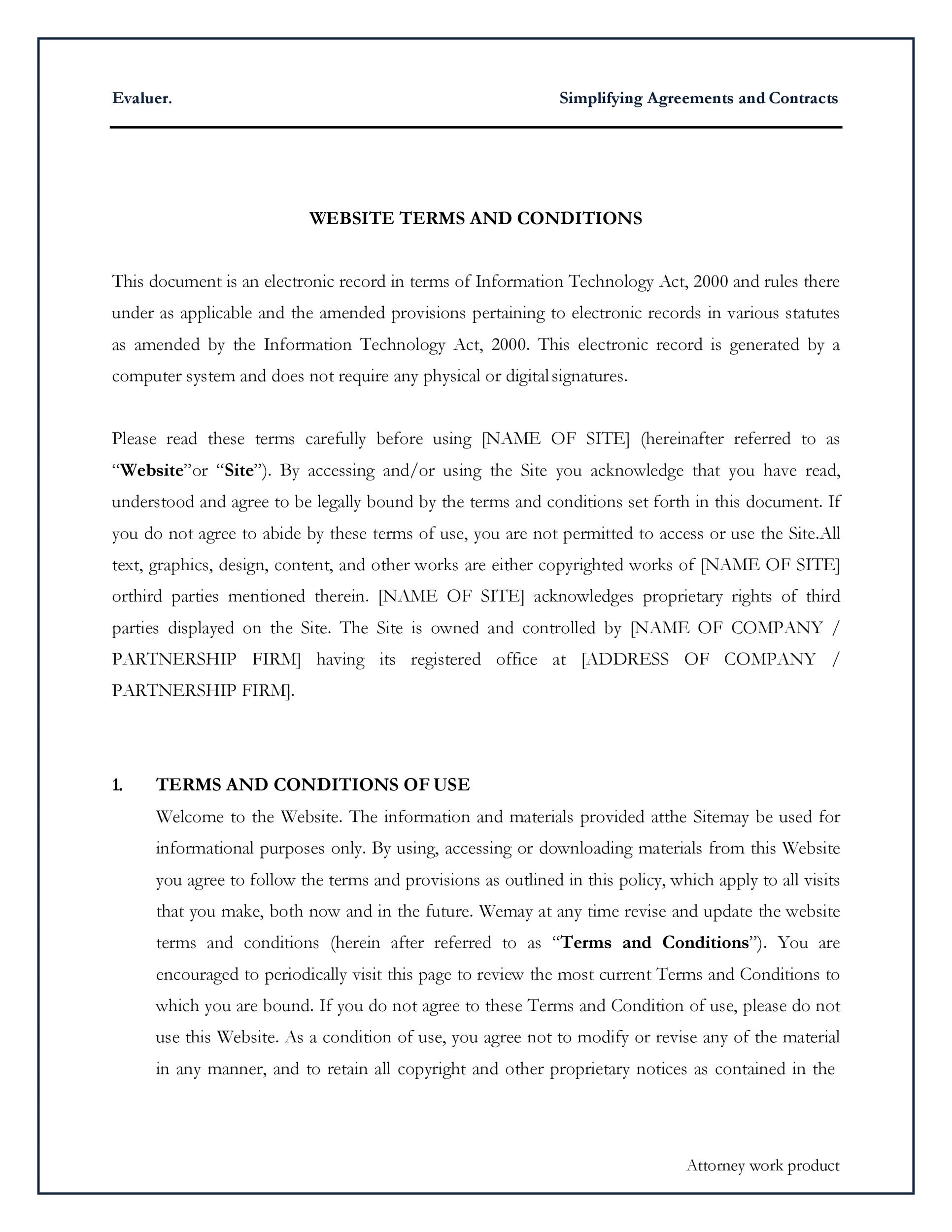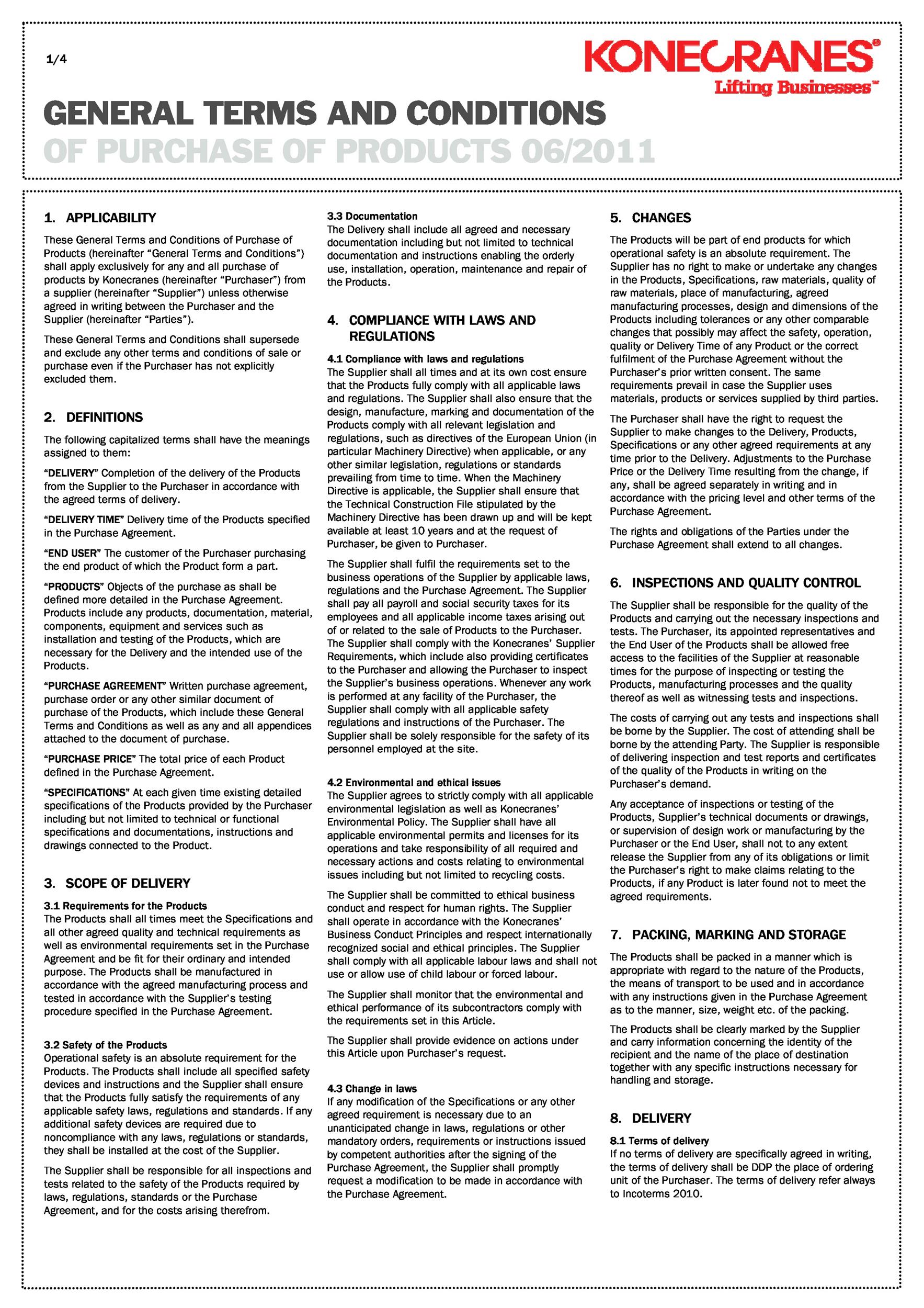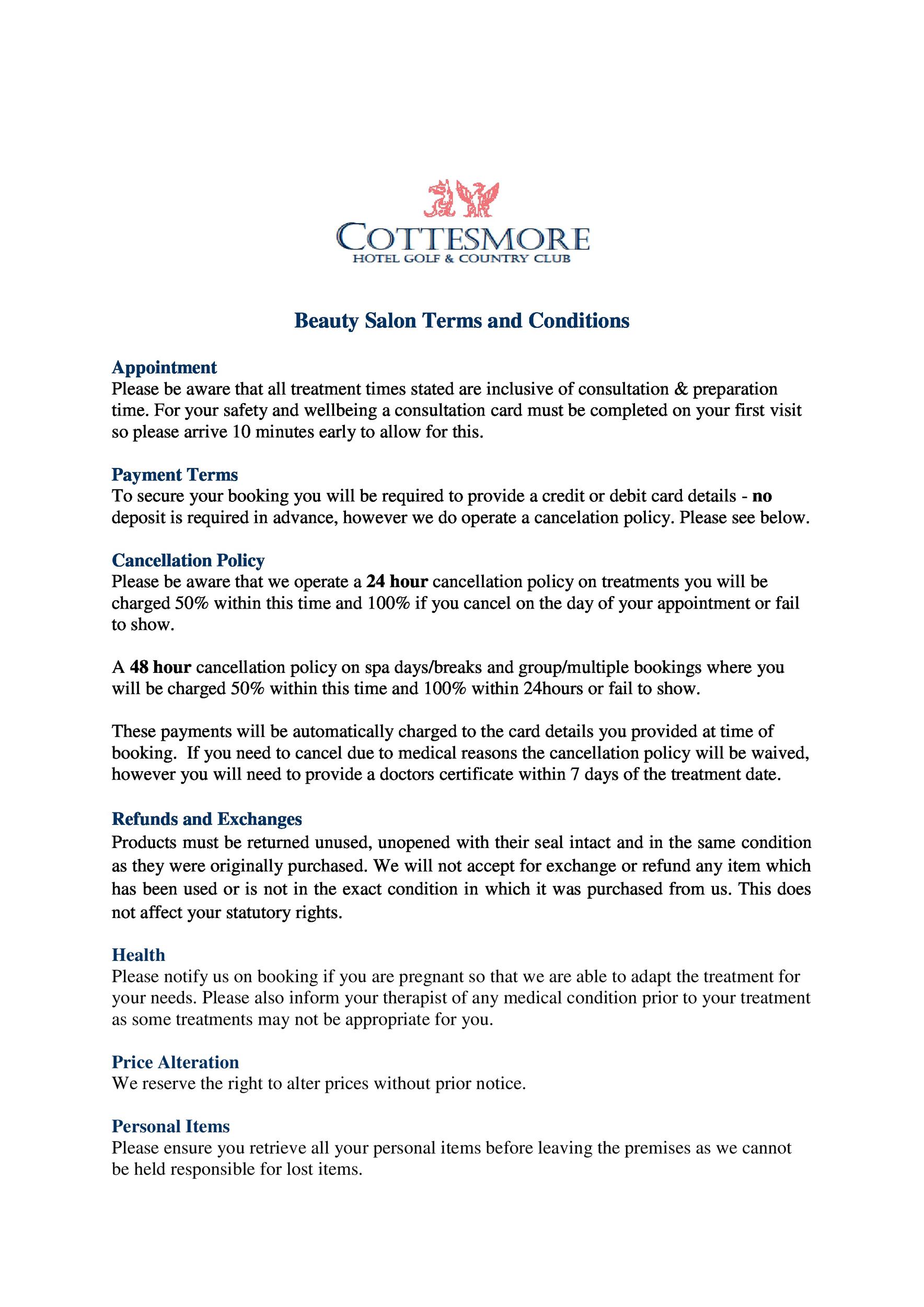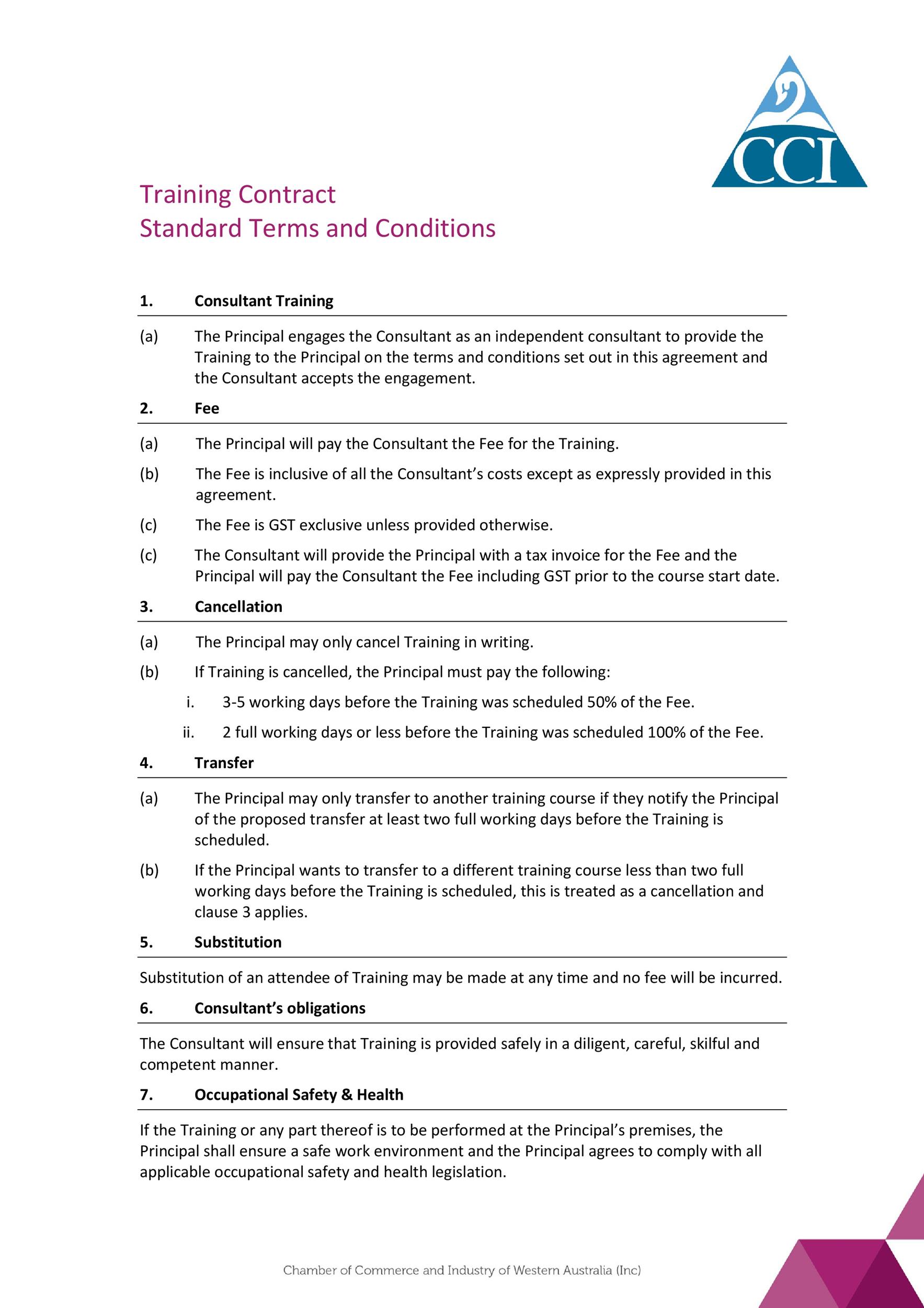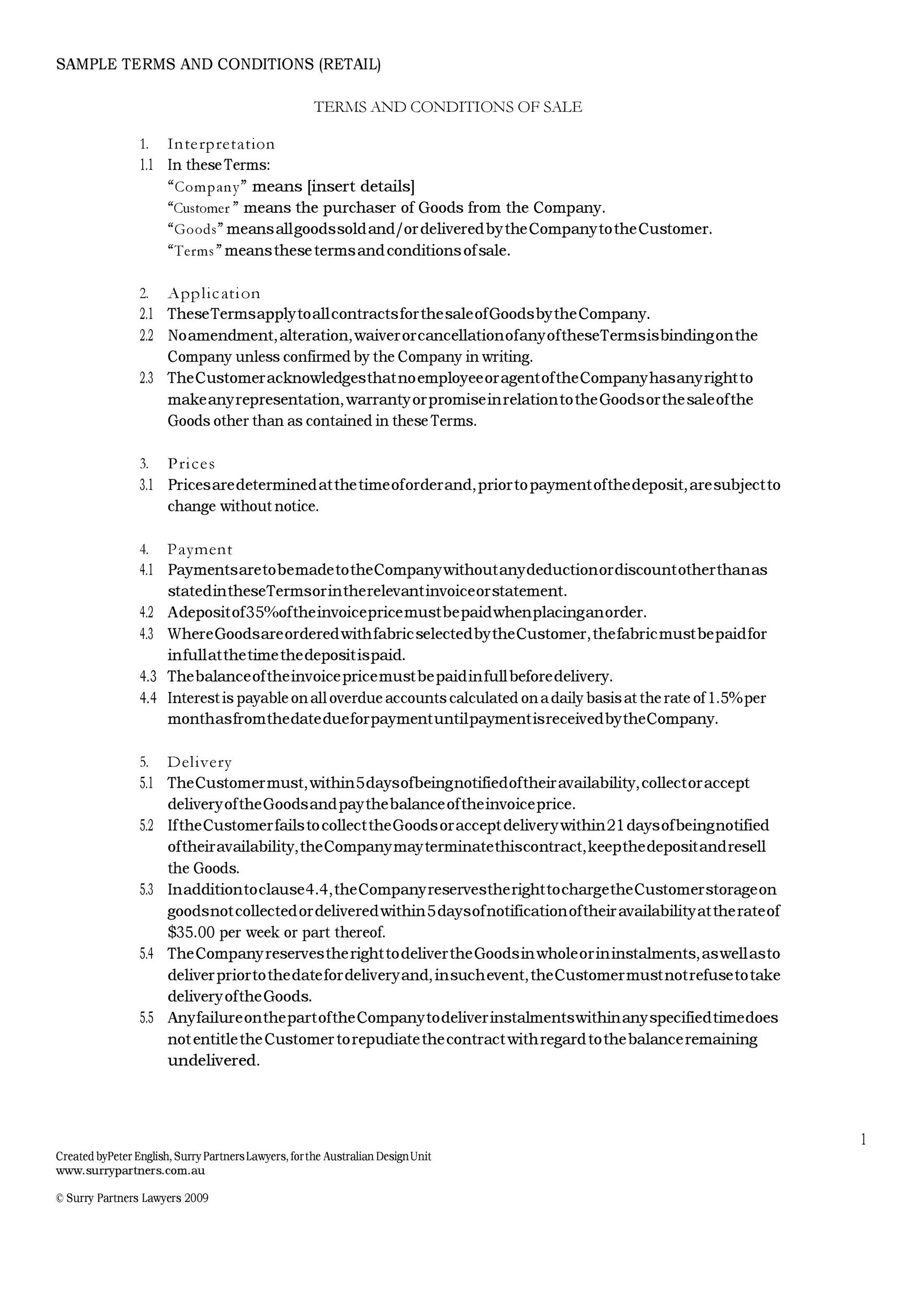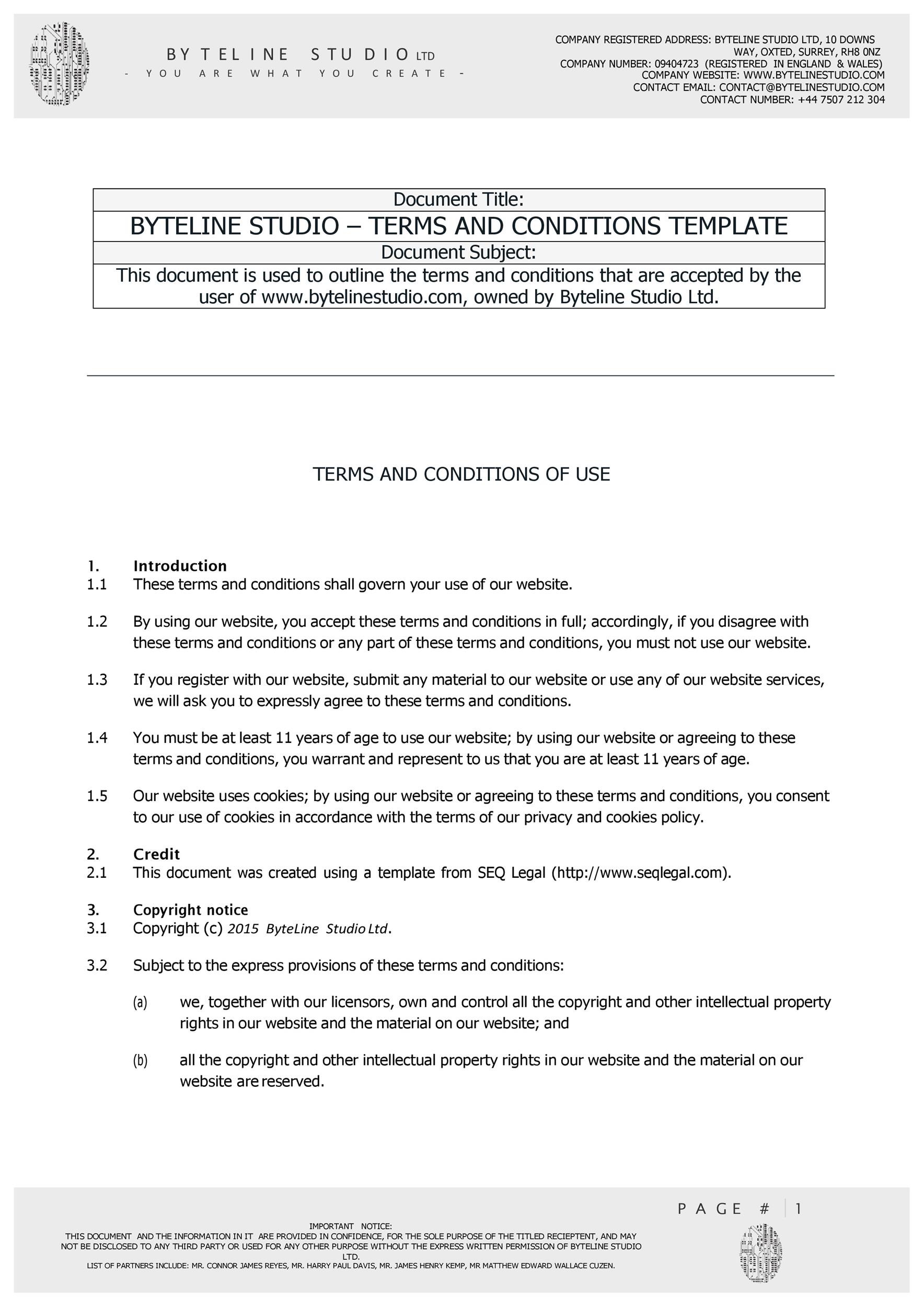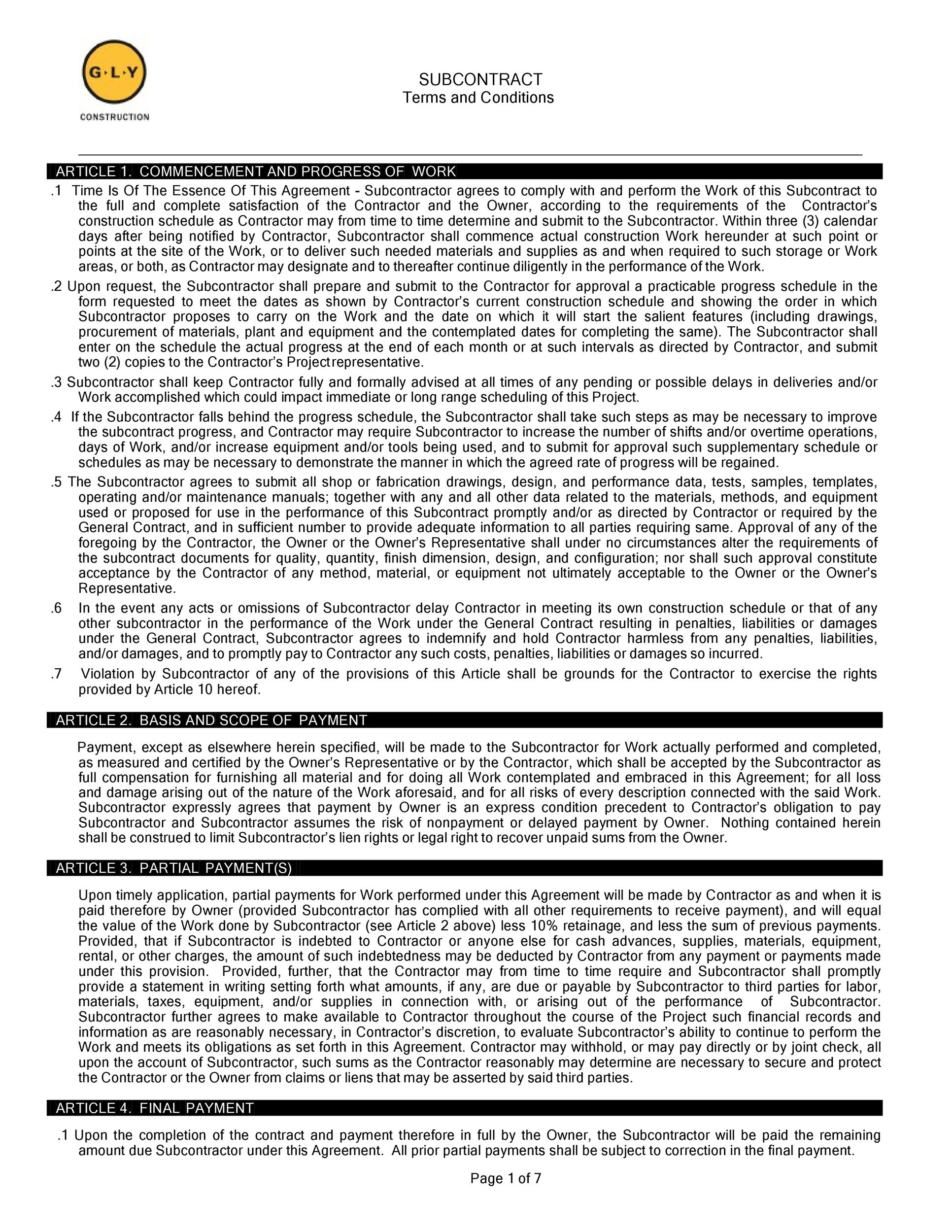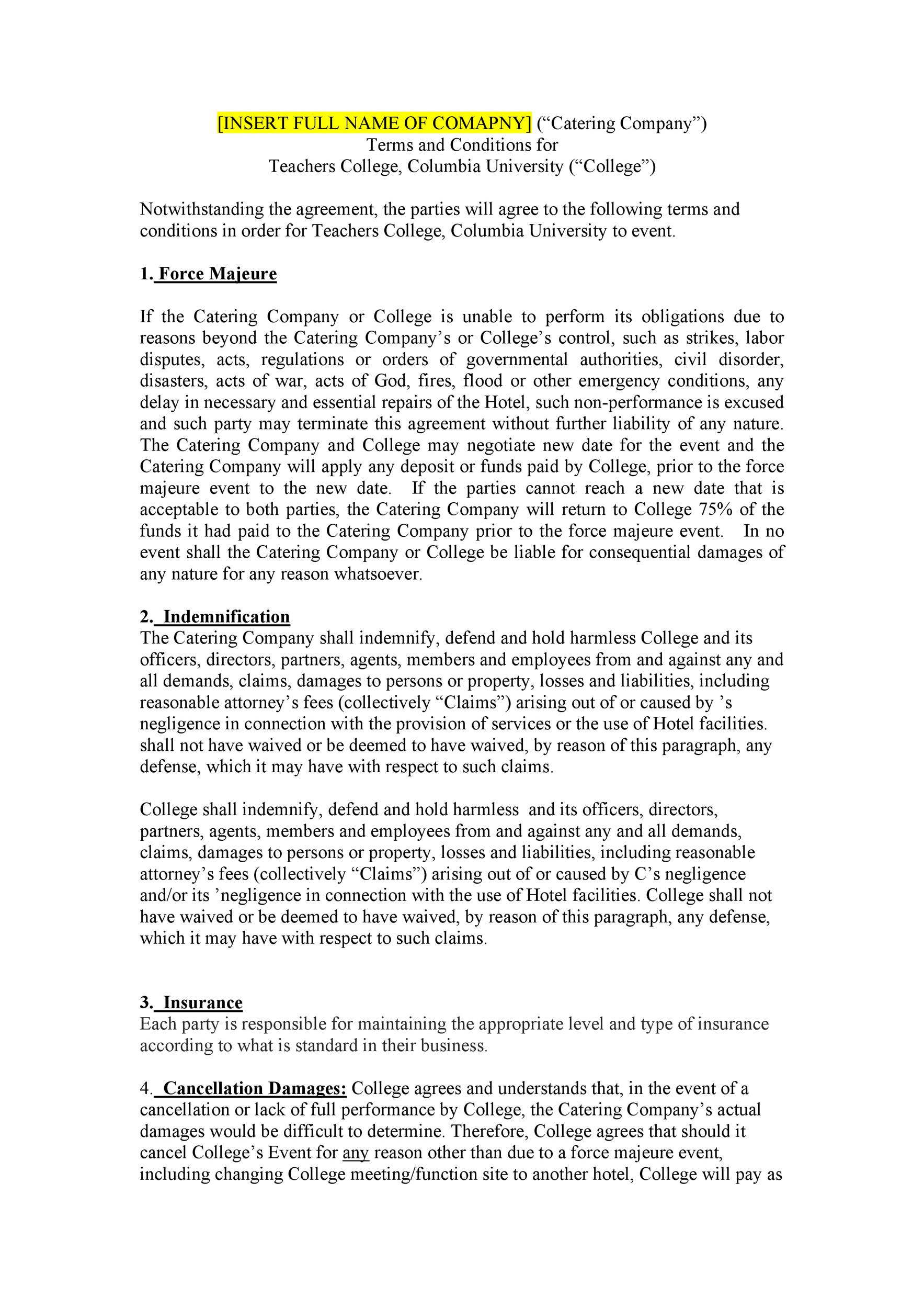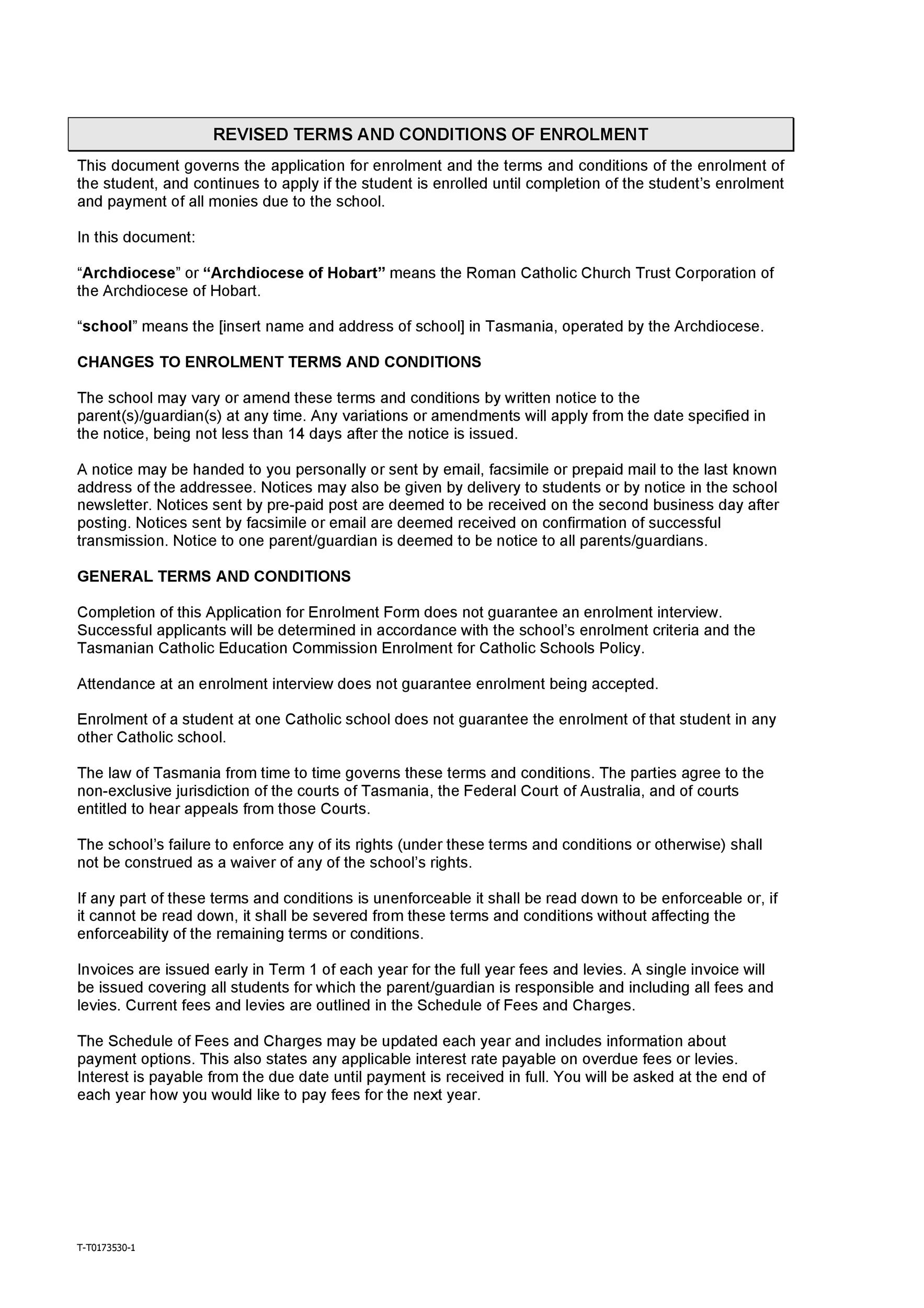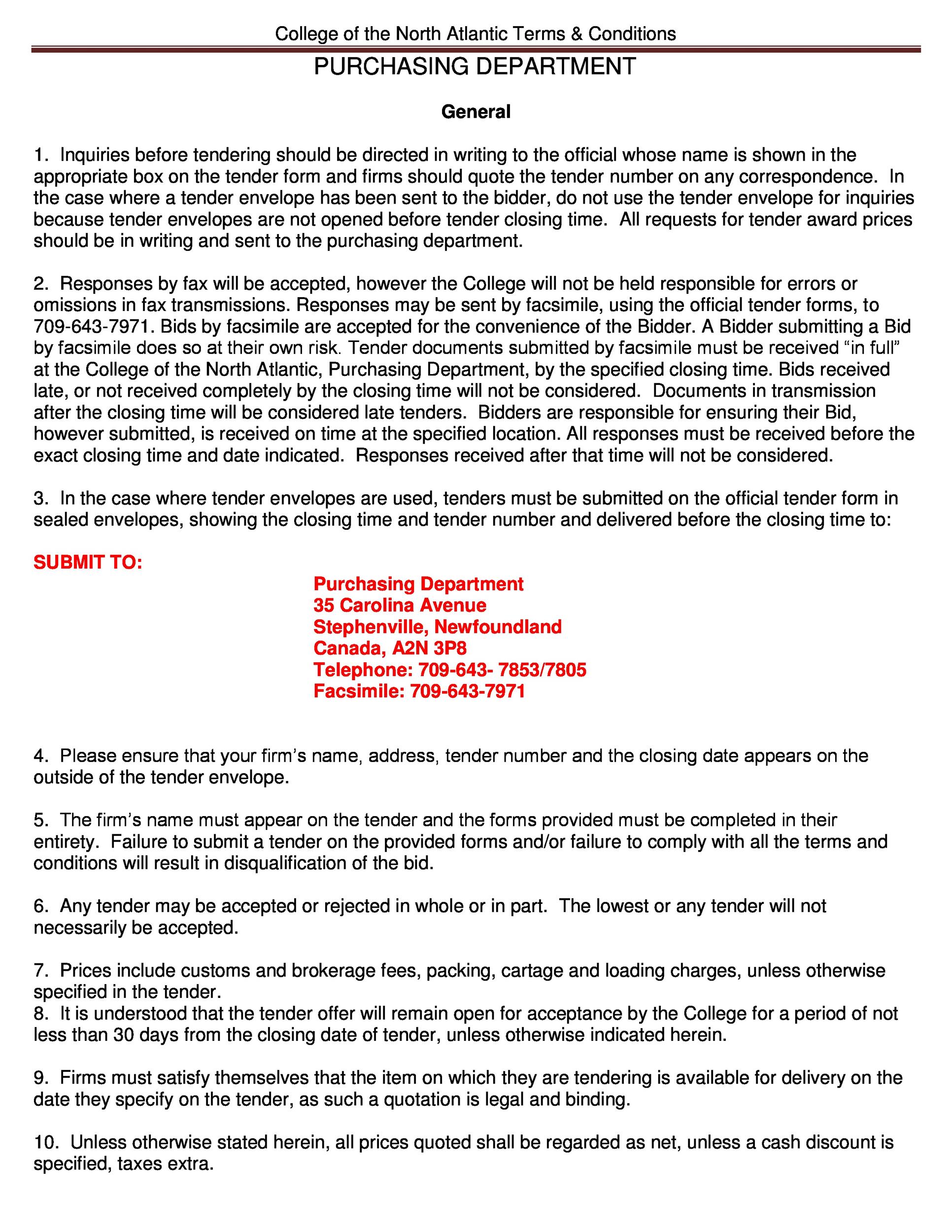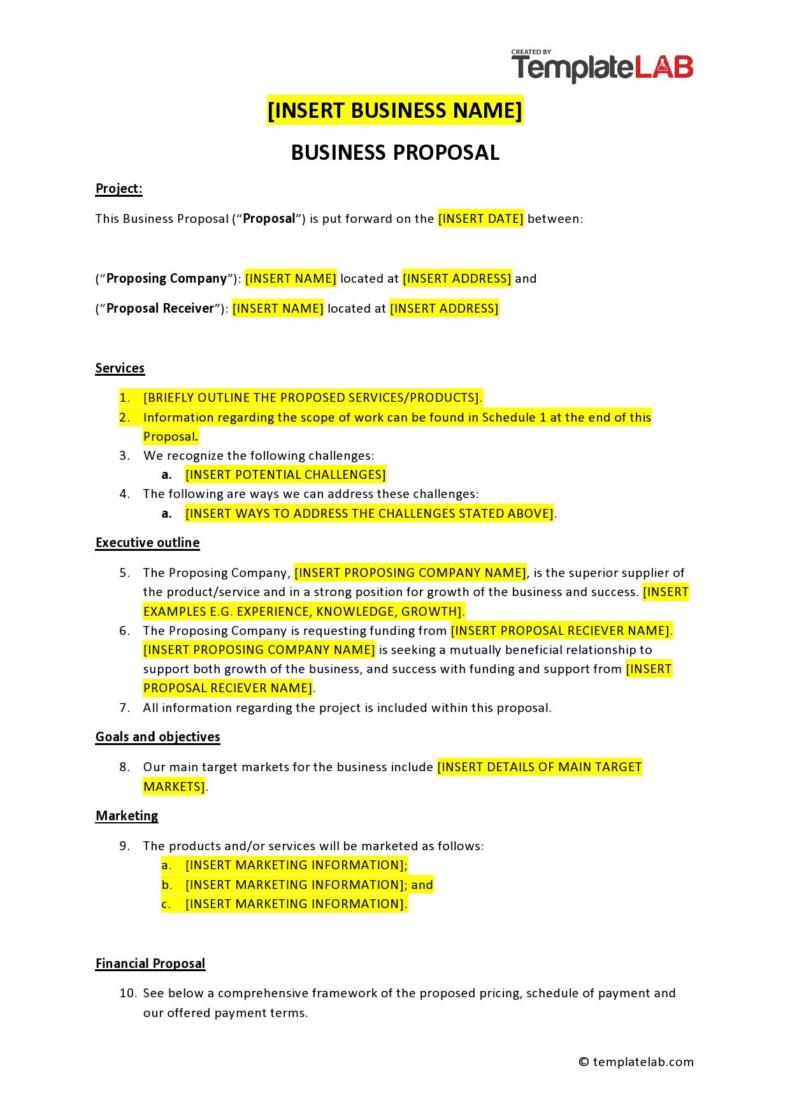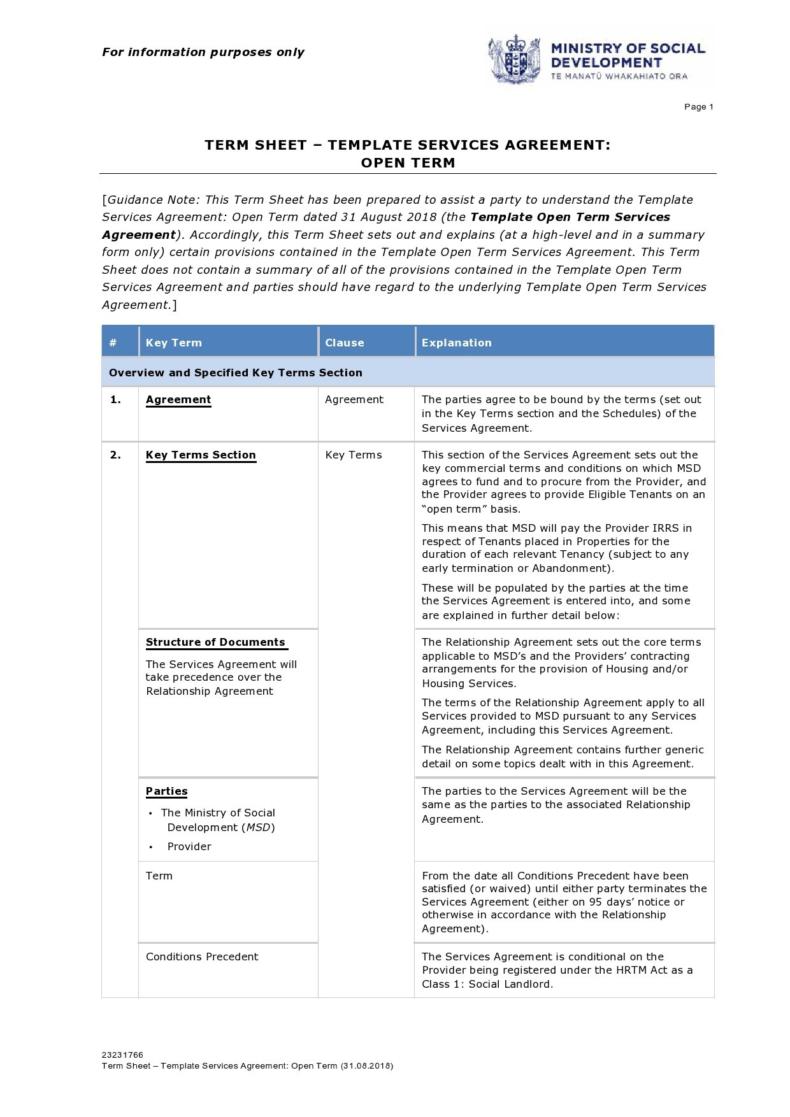Nowadays we are relying more and more on technology and on digital means of promoting a product, a service or even a business. This is why it has become very popular for companies, organizations and businesses to have their own website. To be able to protect your website along with its users and customers is to come up with a good, easy to understand terms and conditions template for your website.
Table of Contents
- 1 Terms and Conditions Templates
- 2
- 3 Reasons for Using Website Terms and Conditions
- 4 Sample Terms and Conditions
- 5 What Should the Website Terms and Conditions Cover?
- 6 The Important Elements of Website Terms and Conditions
- 7 Generic Terms and Conditions Templates
- 8 Tips for Making Your Website Terms and Conditions
- 9 How You Make Your Own Website Terms and Conditions
Including a website terms and conditions template would make known any issues and/or concerns such as the appropriate use of the site, privacy, use of cookies, password security, registration procedures, intellectual property and other such pertinent information. Basically, this would provide enough information about the content of the website and how users and customers are supposed to use it.
If you are planning to create a website for your business or if you already have one, it would be a good idea to add a separate page for it. This would help guarantee that the users and customers know all the rules on how to use and how not to use all the content and information on your website. Your template would have to contain information about any rights as well as obligations of the users and it must set boundaries on any potential liabilities.
Terms and Conditions Templates
When website terms and conditions templates are made, they are supposed to apply to all users and visitors of your website. That would mean that whoever has an internet connection and is interested in the content of your website can visit it, and the terms and conditions should apply to them.
Since it includes specifications about access to and use of any content on your website, you can keep your content protected. Having terms and conditions would allow you (as the owner of the website) to prevent any unauthorized access or replication of content, sharing of sensitive information between users or any improper behaviors of the users and customers such as introducing viruses and malware or hacking.
Reasons for Using Website Terms and Conditions
When you are planning to create a website, it’s very easy to overlook creating and adding a website terms and conditions template. This is because when you are browsing through sites, you may not look at this part unless you really have to – and even then, you might not actually read all the content! However, it’s very important to have the terms page on your website, for a number of reasons. Once you’ve learned all about these reasons, you may realize that adding this part to your website is really essential.
To Avoid Any Kind of Abuse
This page in your website actually serves as a legally binding agreement between you and the users. This agreement lays down the rules which users have to agree to and follow to be able to gain access to the content in your website. Having a Privacy Policy agreement on your page would keep the users informed regarding how content can be used. This then protects the content of your website and your website itself from any kind of abuse.
Keep Your Content Yours
Having it in your website would allow you to place rules about how everything in your site is your own and other users should not copy the content and use it for themselves. Since this section is legally binding, you are sure that users won’t be copying your content and if they do, you can take legal action against them.
To be able to Terminate Accounts of Abusive Users
Adding a Termination clause would allow you to terminate any accounts of users who have clearly violated one or more of your rules. The information regarding the termination of accounts should be included so that the users are made aware of the procedures.
To Set Boundaries for Liabilities
Typically, the page will have a warranty disclaimer which would set boundaries for the liabilities of the website owner. This is important especially when any mistakes are discovered in your website’s content. You should have a statement which says that you cannot be held responsible for any mistakes in the content of your website, which protects you.
To State the Governing Law
You’d have to include a clause about the Governing Law which would refer to the jurisdiction to which your rules apply.
As you can see, the reasons why you should be adding terms and conditions templates to your website are really important. Without this section of your website, you might run into problems in the future.
Sample Terms and Conditions
What Should the Website Terms and Conditions Cover?
When making the template, you should know what should be included in it or what it should cover. This is so you don’t miss out on anything important which can be the cause of problems in the long run. So, when you’re making terms and conditions, make sure it covers the following:
- Acceptable use of your website and all of its content.
- Forbidden use of your website and all of its content.
- Rules on using or downloading any or all the content in your website.
- Rules on uploading any content in your website.
- Registration procedures, password tips and other security information.
- Any and all websites which are linked to your own.
- The availability of your website.
- Disclaimers and the limitation of liability statement to protect you as the owner of the website.
Basically your terms and conditions should contain information about how the users and customers can use your website properly. You need this section in order to protect yourself as the owner and prevent any legal issues.
The Important Elements of Website Terms and Conditions
When making this page for your website, you may include any information you’d like and make it as short or as long as you prefer. However, you have to keep in mind that there are certain elements which your template must contain. These basic elements would help ensure that your terms and conditions on the website are complete and you’ve covered everything that is essential.
Limits of Liability
It is very important for you to include a disclaimer which would eliminate any liability if mistakes are discovered in the contents of your website. If your website allows other people to post content, you should have limits of liability to protect you in the case that someone posts something illegal or offensive and you aren’t able to take it down immediately.
Copyright
No matter what your website contains, you must include a notification or a statement about copyright so you are sure your content won’t be replicated.
Privacy Policy
For websites which collect sensitive information from users or customers, you have to include a privacy policy. This is to be sure that they are protected since you won’t be using their information anywhere else.
Governing Law
It’s very important to inform users and customers of the set Governing Laws to which all your rules apply.
Returns and Guarantees for Customers
For websites which sell products, merchandise and/or services online, you must include information about any customer guarantees and complete details on customer returns. This is required by law so that your customers are given the proper protection and you don’t run into any legal issues when your users or customers are dissatisfied with what they had received.
Copyright Infringement
To be able to protect yourself and your business, you must also include declarations to prevent your website and all its content from being copied or duplicated.
High-Risk Business
There are some kinds of businesses which are high risk in nature. These would include businesses which give information about medicines and supplements, advice on health and fitness, advice on finances and other such sensitive topics. For businesses which sell or give information about these kinds of topics, you should include a specific disclaimer about your business. Again, this is meant to ensure your protection in case the content on your website or any of your products are used or consumed.
If your website terms and conditions template contains all these elements, you are sure that it would be effective. Now you can start adding in any other information or rules which you may think would help in allowing users and customers to get the best out of your website.
Generic Terms and Conditions Templates
Tips for Making Your Website Terms and Conditions
Knowing the basics about terms and conditions of a website will help you out a lot when you decide to create your own. To be able to guide you further and assist you more, let’s take a look at some tips which you can employ when you are planning it out.
- Never copy any content from other websites. If you are new at making the page, you may look around at different websites and try to use them as reference for your own. However, if you copy the content exactly and use it as your own, you would be violating the copyright infringement clause and you’d most likely run into trouble with the owner of the website you’ve copied from.
- Try using a terms and conditions generator. Fortunately, a lot of these have been created and they are extremely helpful especially in providing you with the basic wordings you can use.
- Ask help or legal advice from an attorney. When you’re working on the more legal clauses and sections, it would be a good idea to ask advice from an attorney. If he’s willing, you can also ask him to go through your whole page to see if everything is alright.
- Think about the target market of your website. It’s especially important to consider this if your target market is the youth or minors. You’d have to include a portion where the parents of the minors have to consent before they can make use of your website.
- Make use of terms and wordings which are fit to the nature of your website. Doing this would ensure that your users and consumers would understand the content of your website and would not be confused. Using different technical jargon or language which isn’t actually relevant to your website might actually work against you.
- Make sure to declare the conditions of sale. In the case of selling merchandise or services online, you’d have to include all the terms related to this. This would help prevent any misunderstandings and miscommunications between you and your customers and consumers.
- Identify and respect any intellectual property rights. The design of your website as well as all graphic or written content have been made exclusively for your website and so you would have to protect all that as well. Include an intellectual property clause to ensure that everything in your website won’t be replicated or used elsewhere.
- Be sure to address conduct and behavior of users. This is one of the most important parts of the terms page which would affect your whole website. Again, depending on the nature of your website, you may have to go as far as listing down specific rules for the users to follow. This is especially important for websites where you would allow users (even registered users) to post content on your website. You would have to specify what kind of content is appropriate and what kind of content won’t be tolerated.
- You have to make sure that your website won’t be taken down just because an irresponsible user posts something offensive or illegal on your website. You would also have to take extra precaution when minors are involved or they would be the main users of your website.
- You have to be sure that you post responsible content and the terms and conditions focus on making sure that your website is used and handled responsibly.
- Include the consequences of irresponsible behavior on your website so that your users know what would happen if they violate any of the listed terms. Placing this would allow you to carry out these consequences without fear that your users would retaliate.
- It would be a good idea to make an initial draft of the page so that you have a good idea of what you’d like to include in it. Once you’re done, you can go through what you’ve made and start reducing the content based on what you think is really important and what you think can be removed or omitted. In doing this, you will be able to come up with a terms and conditions template which would be concise but still very detailed.
Using these tips to guide you would help you out a lot when you’re creating the terms and conditions page for your website. Now that you know all these useful tips, let’s move on to different steps you can take when you are making your own website page for it. All these helpful information will allow you to make a great outline which users and consumers will actually read on until the end.
How You Make Your Own Website Terms and Conditions
Now that you have helpful tips to guide you in making a good terms and conditions template for your website, we can move on to some steps which you can follow when you are creating the page.
- Do research on different websites so you can take a look at different kinds of terms and conditions on different websites. Depending on the nature and content of your website, you can search for similar ones and read through their pages or look for other kinds and look through those too. Doing this would give you a better idea on what you should be writing and what wordings you can use.
- Brainstorm on different ground rules you’d like to have on your website. Once you’ve thought of them, you can examine them and establish which are the most relevant ones which you can include in the terms and conditions.
- Depending on your preferences, you can choose to have very strict rules or rules which have a level of flexibility and would just serve as a guildeline for your users.
- A helpful tool you can use is an online terms and conditions generator. You can find different kinds of generators such as these online. Once you’ve generated it, you can edit the wordings as you see fit, make changes or keep the statements as they are.
- Read through all your statements and make sure your wordings fit into the kind of website you have. For instance, if you sell and/or ship items and products, you should include a section which would discuss terms on payment, refund and shipping.
- Try to use personalized language when making your terms and conditions. They don’t have to be very strict statements; instead you can use a more conversational tone which would be more interesting to the users and customers.
- Simplify your terms and conditions as much as you can. Users and website visitors would more likely go through all the content of your terms and conditions if there isn’t too much to read and the statements aren’t too long or too official.
- Your list should be placed on a different, separate page on your website. This is so that the users won’t be distracted by any other information, increasing the chance that they would go through it completely.

